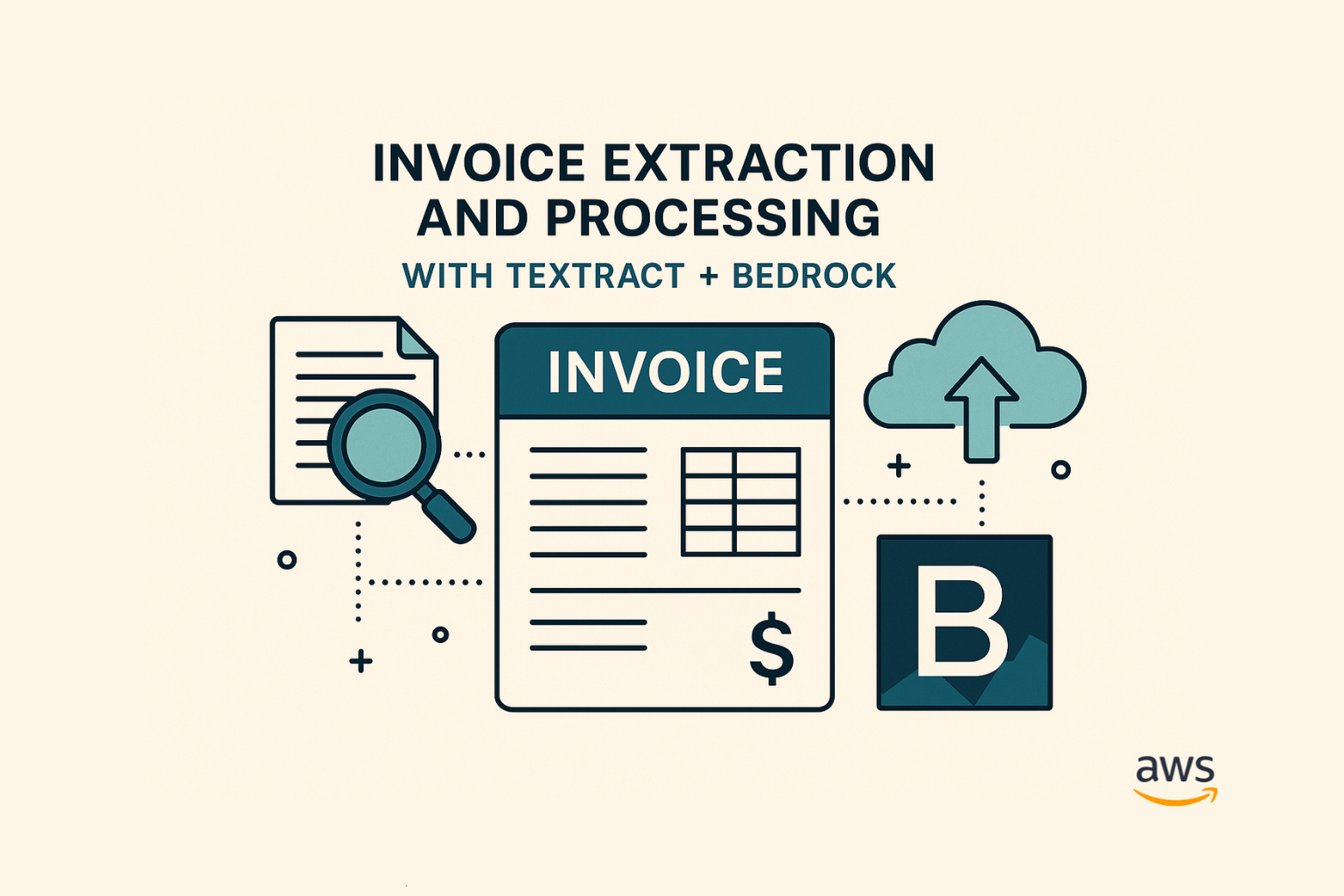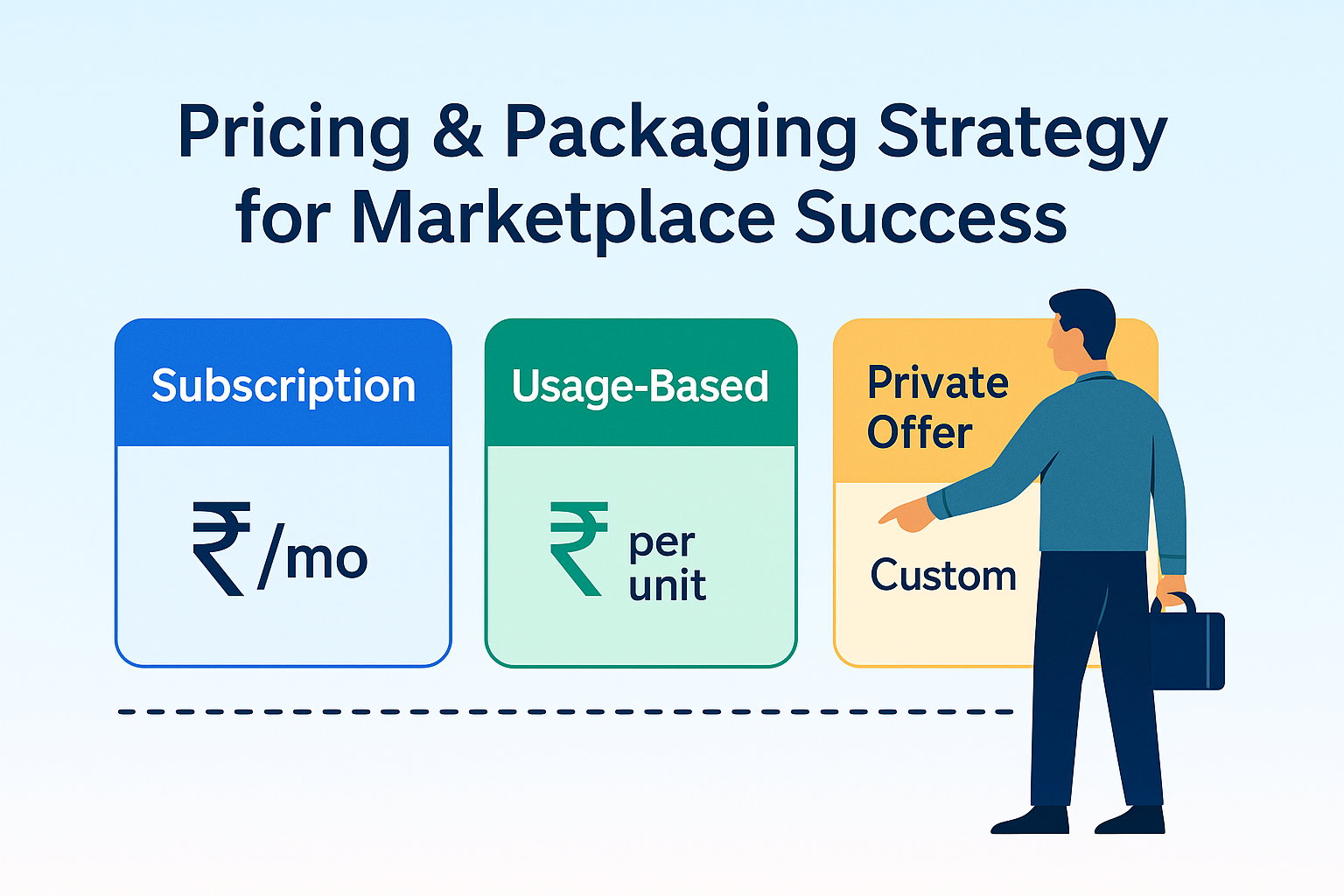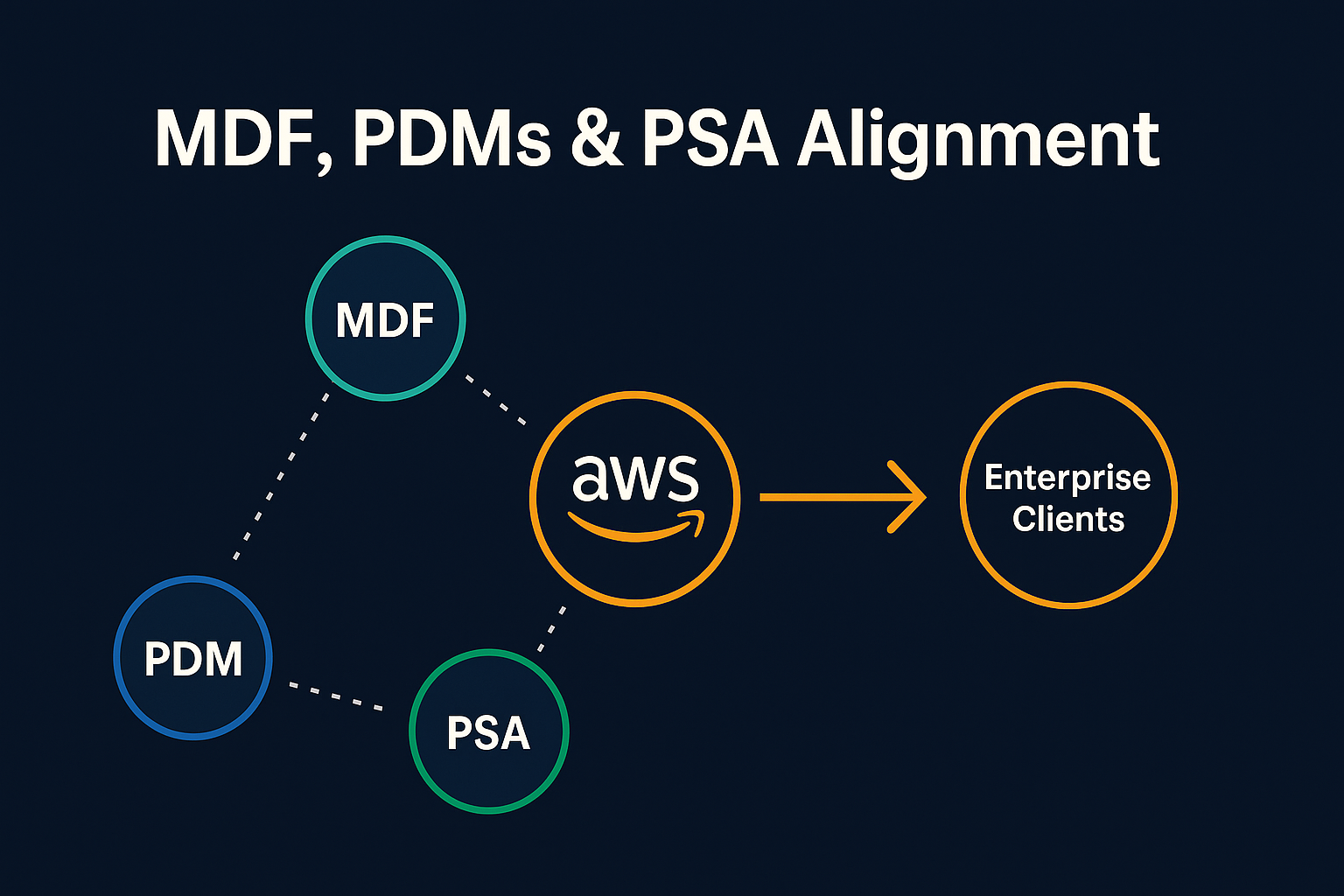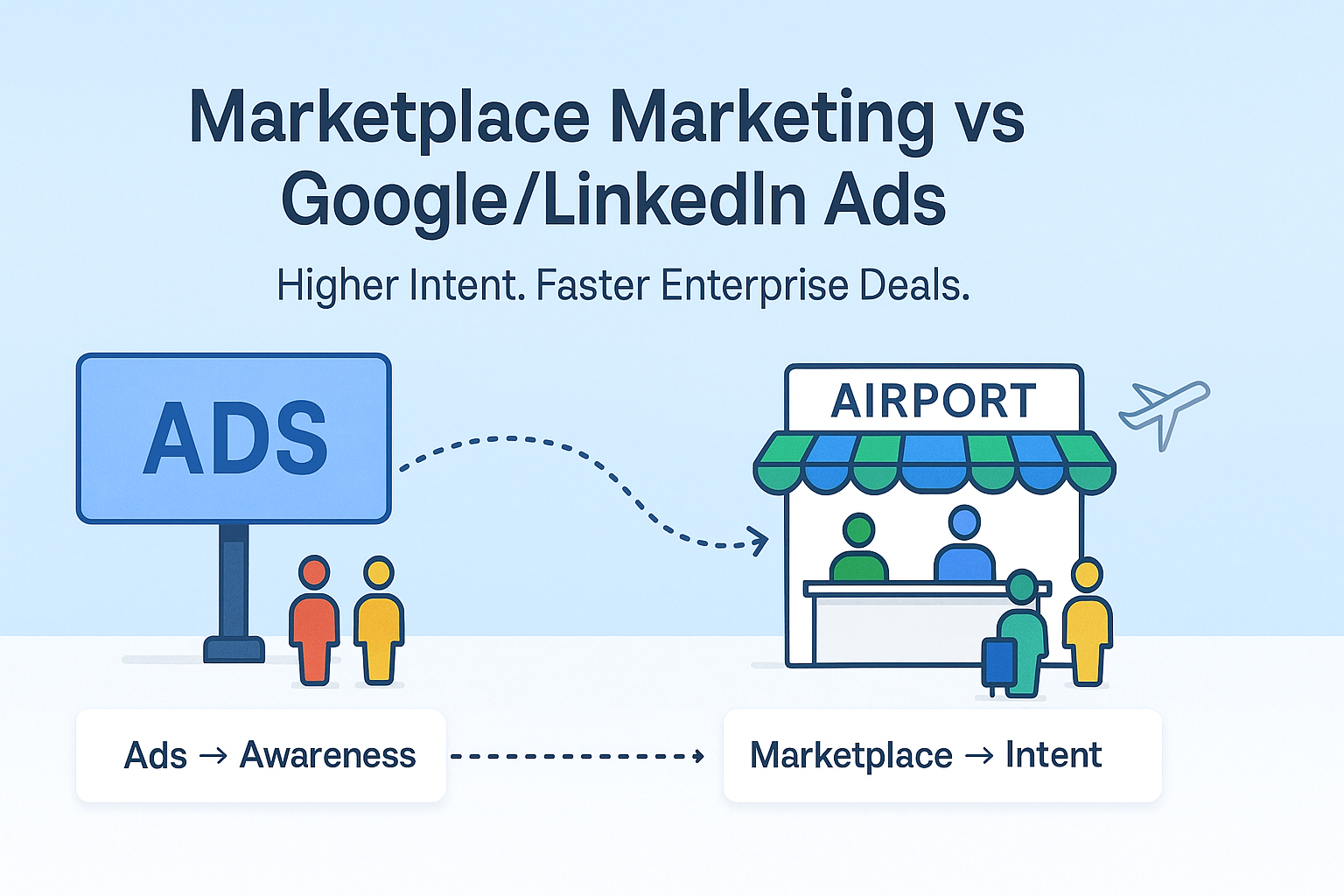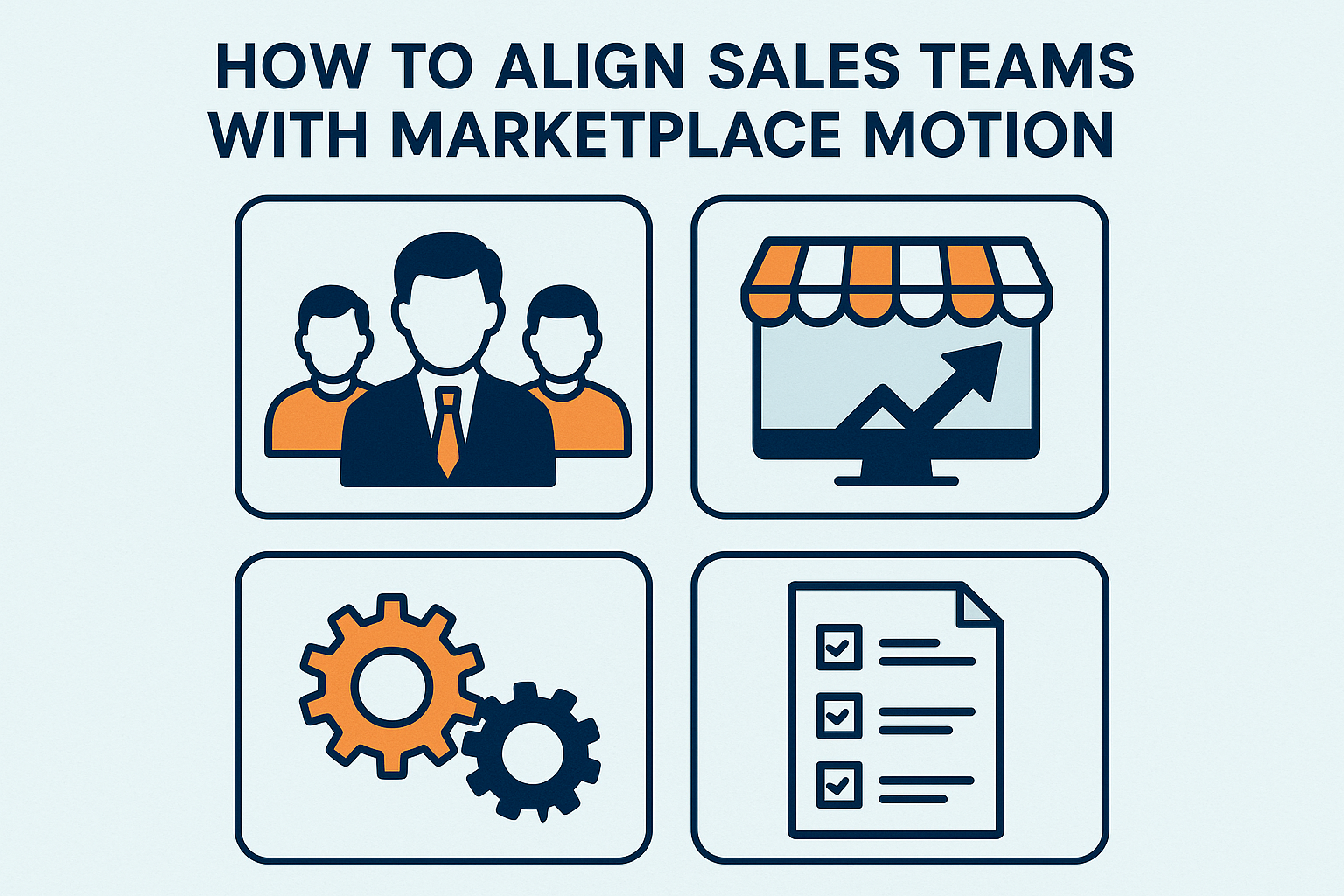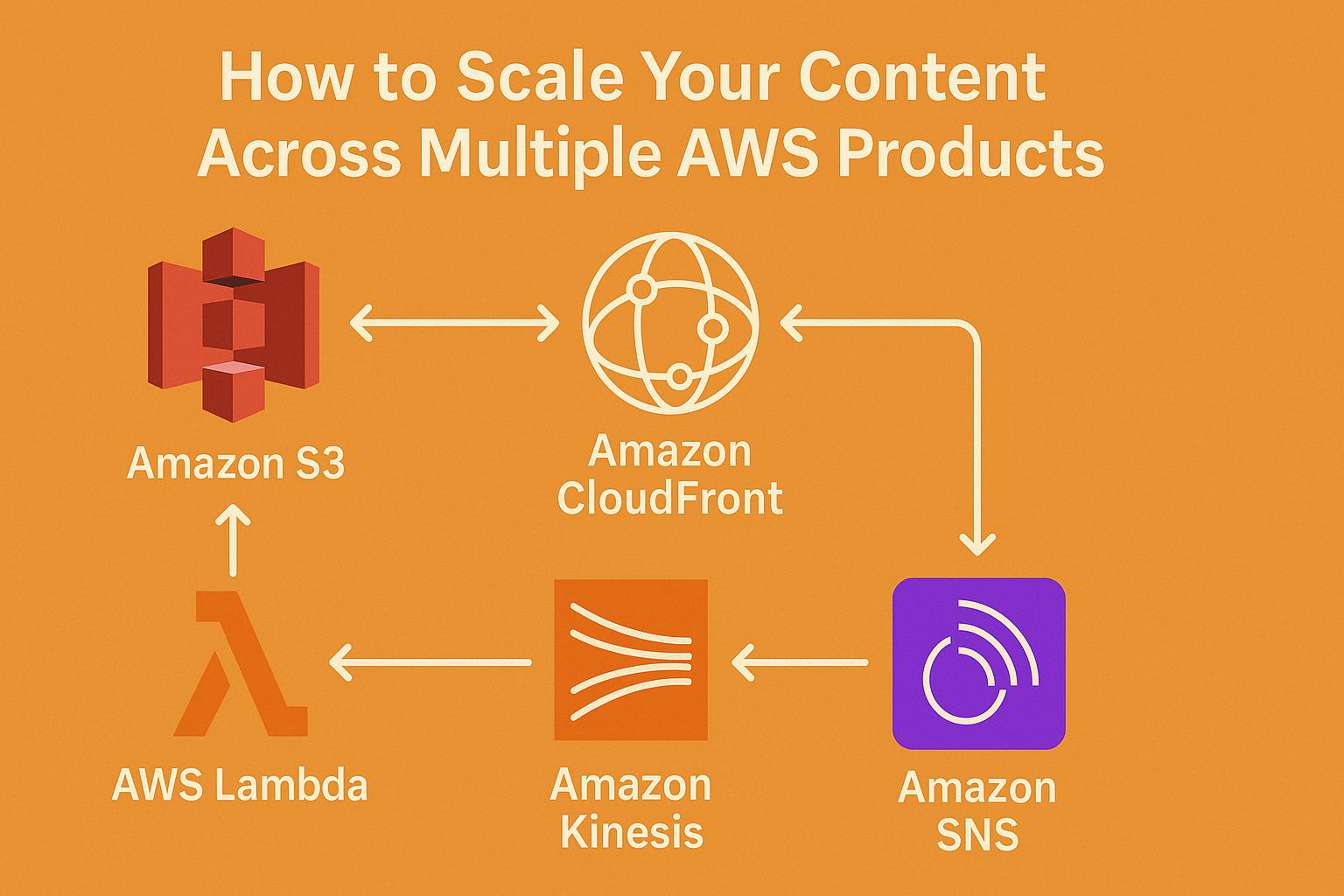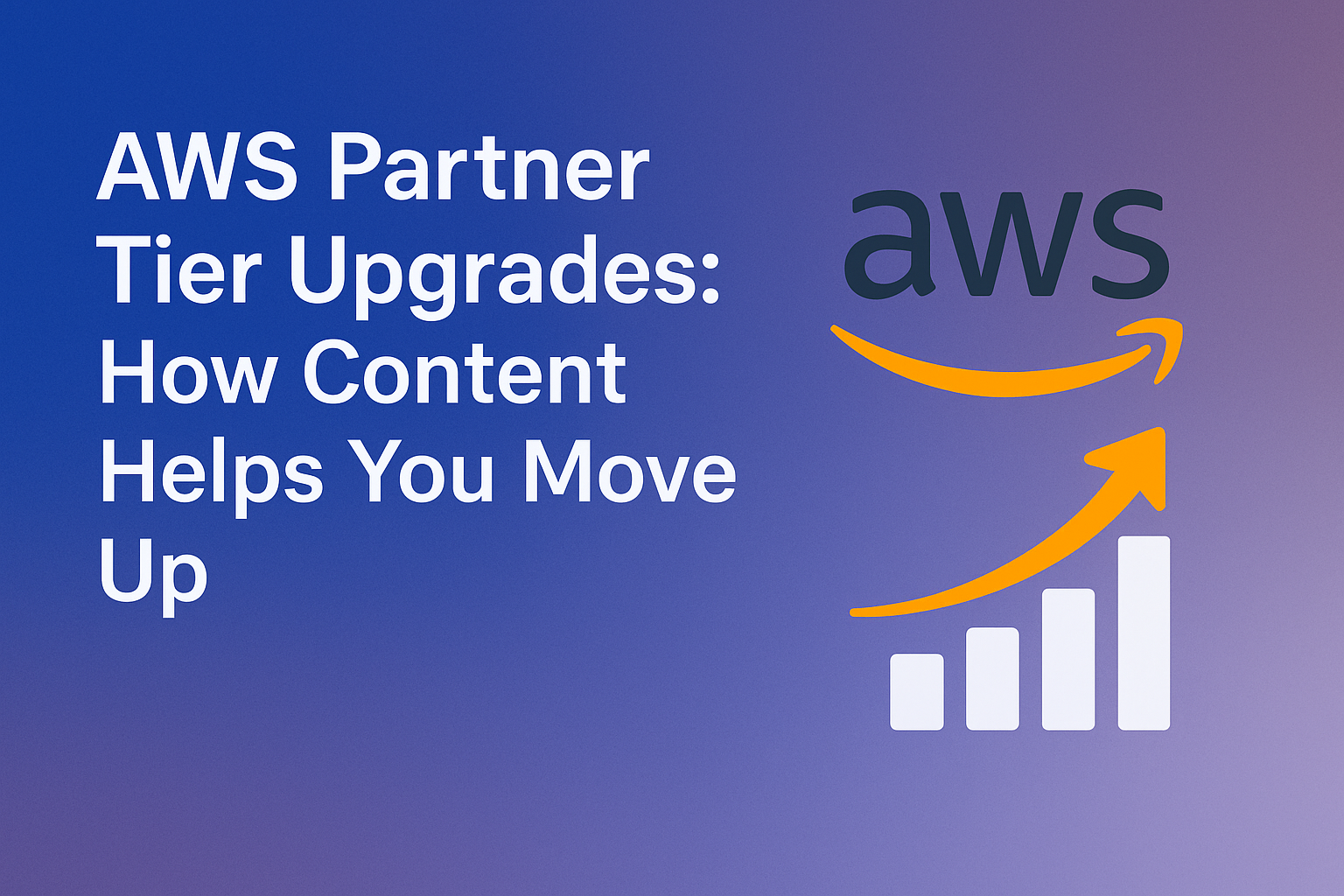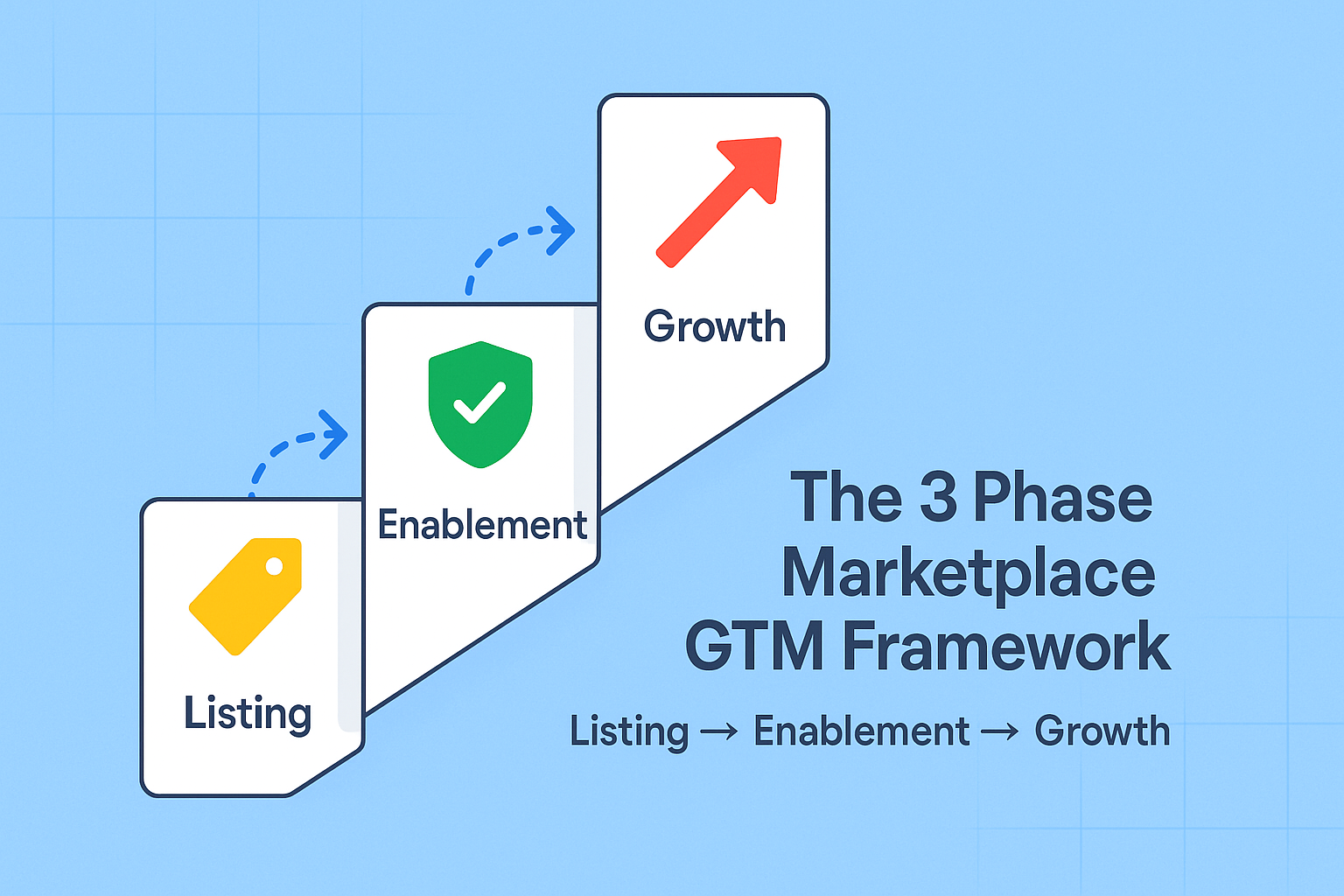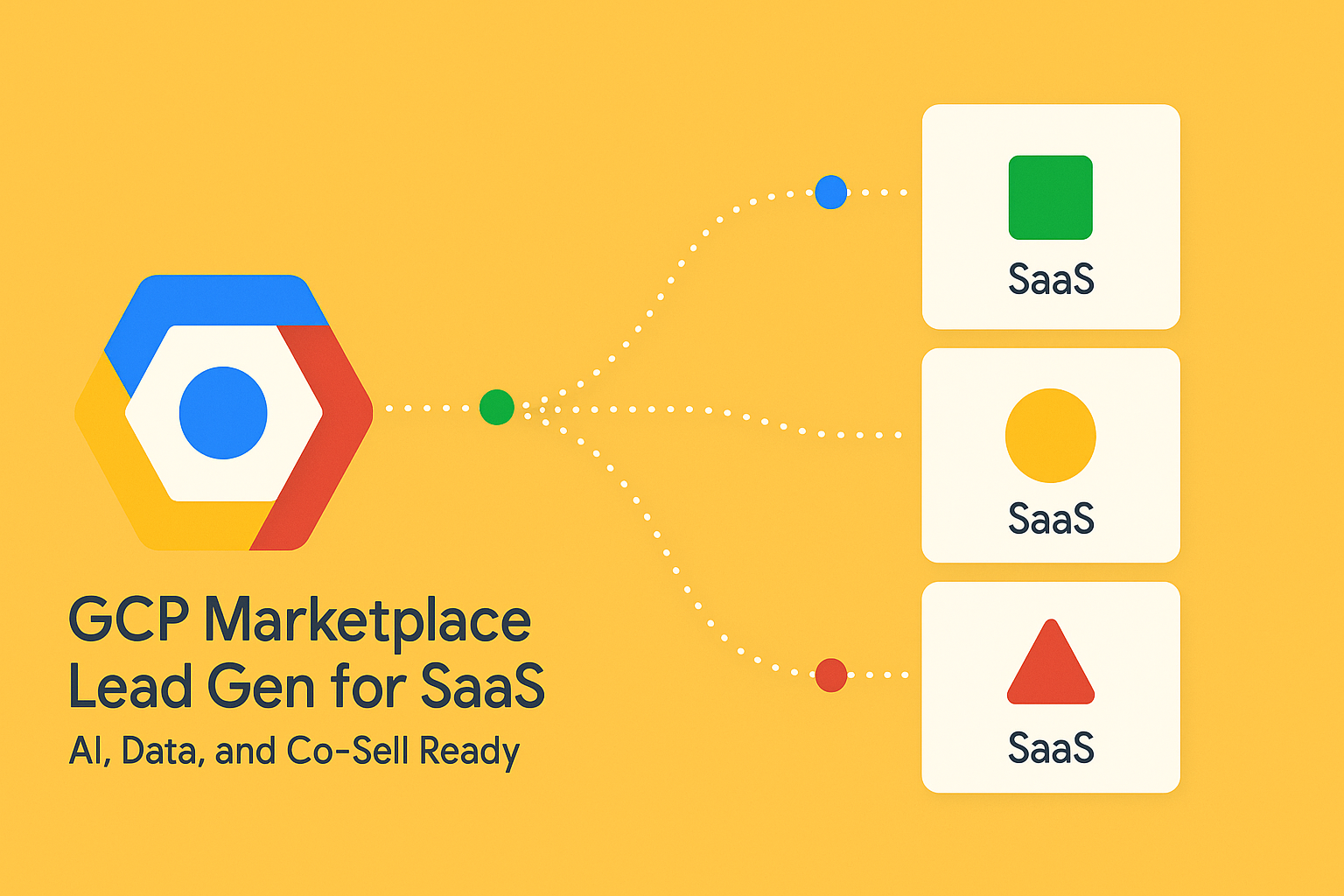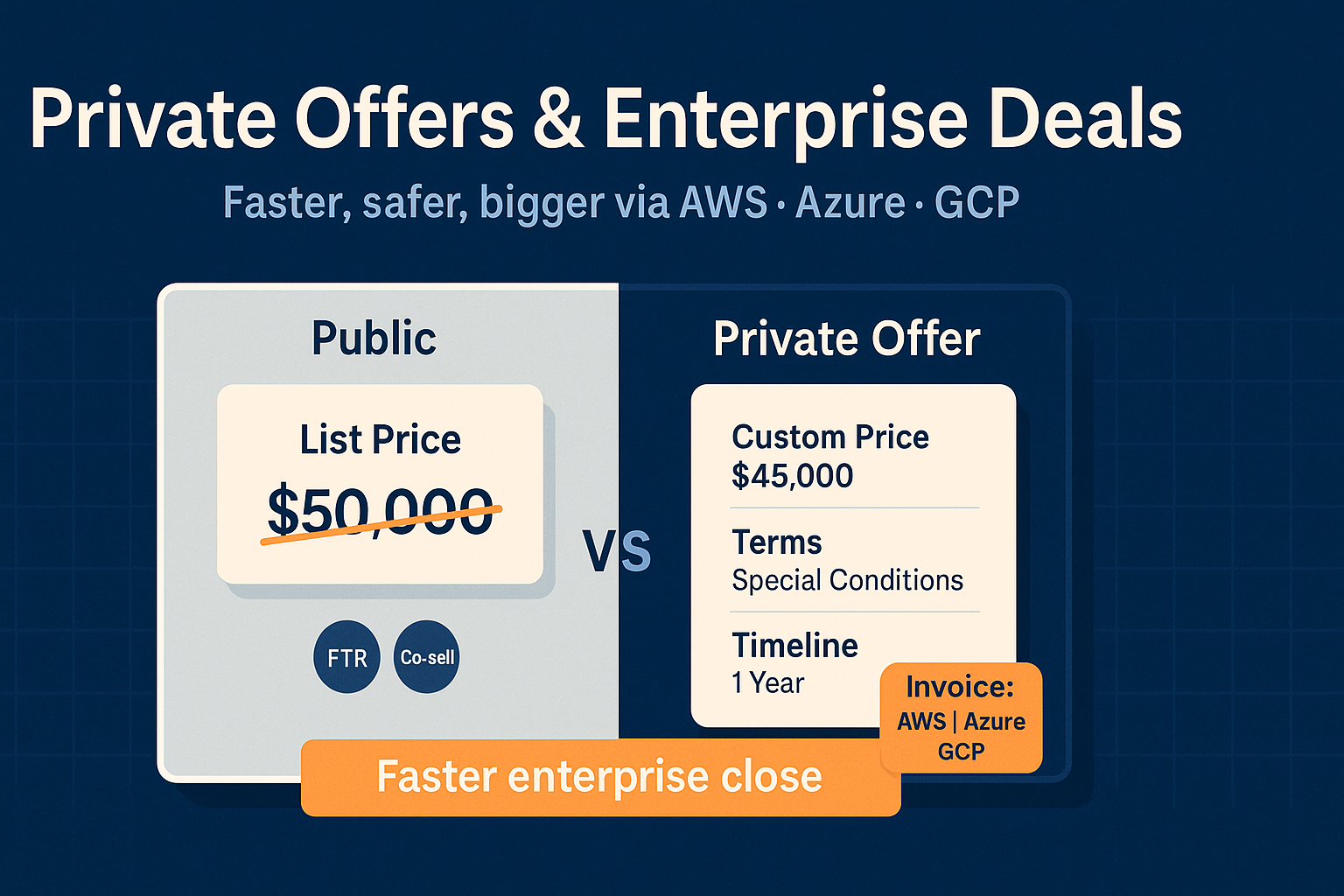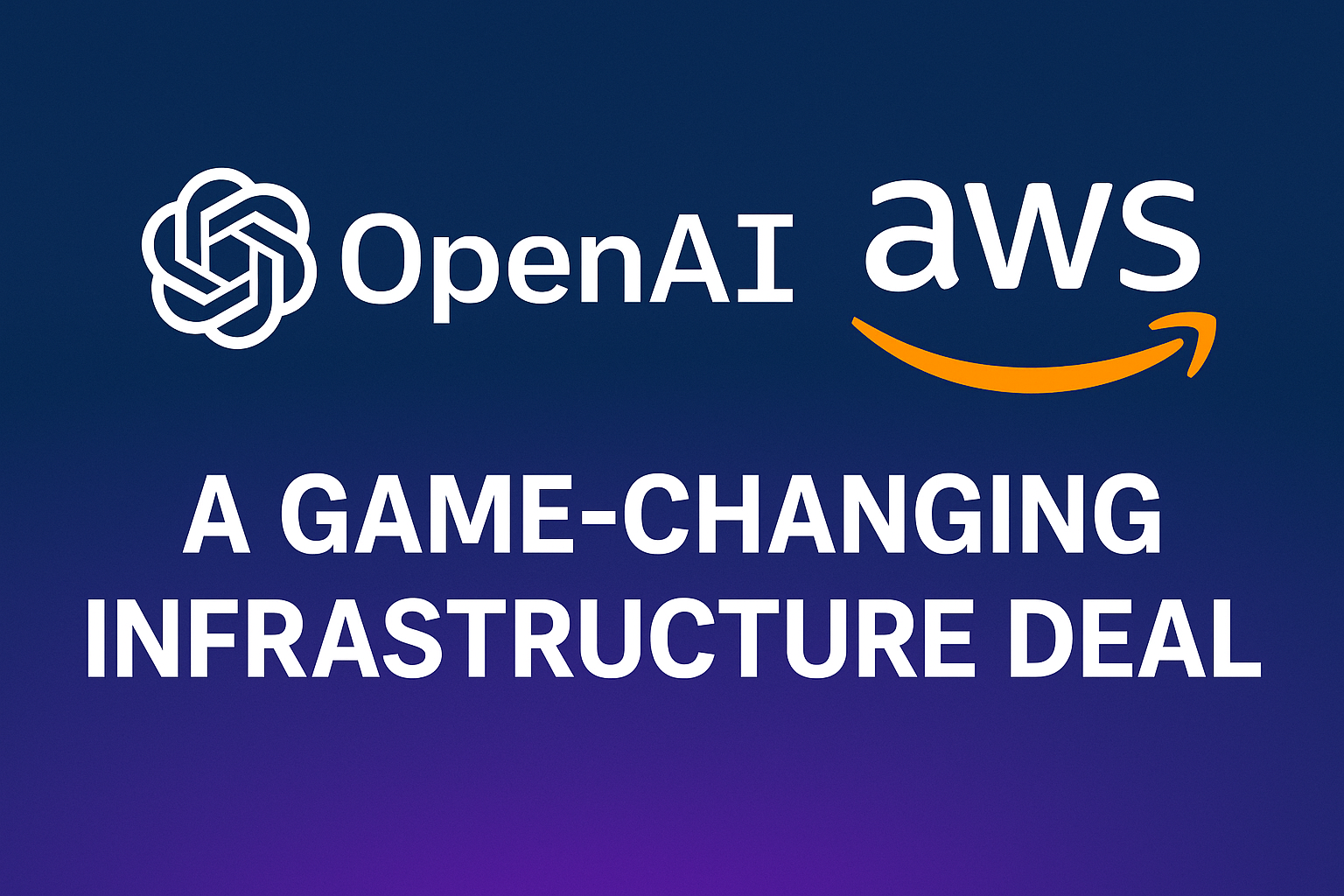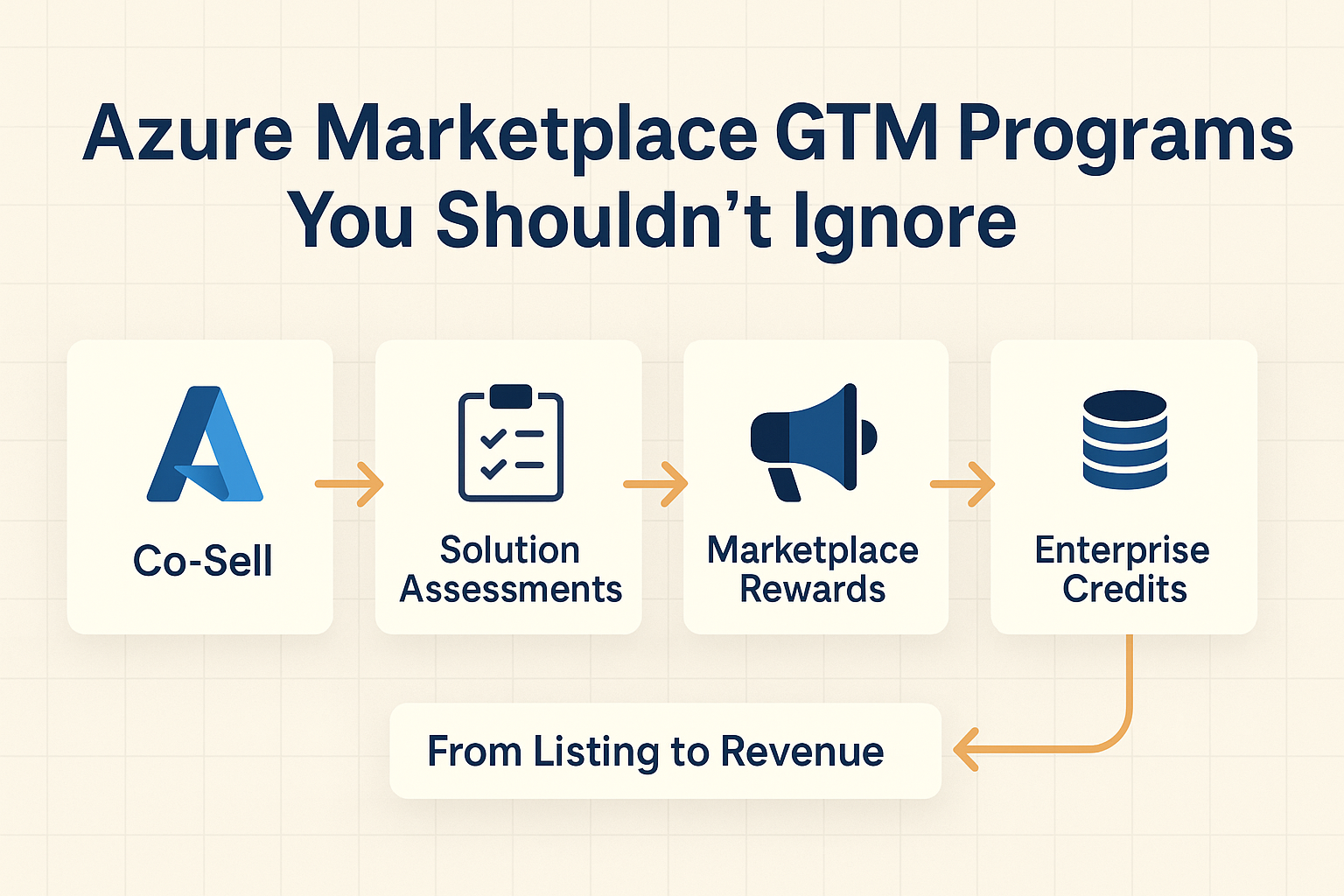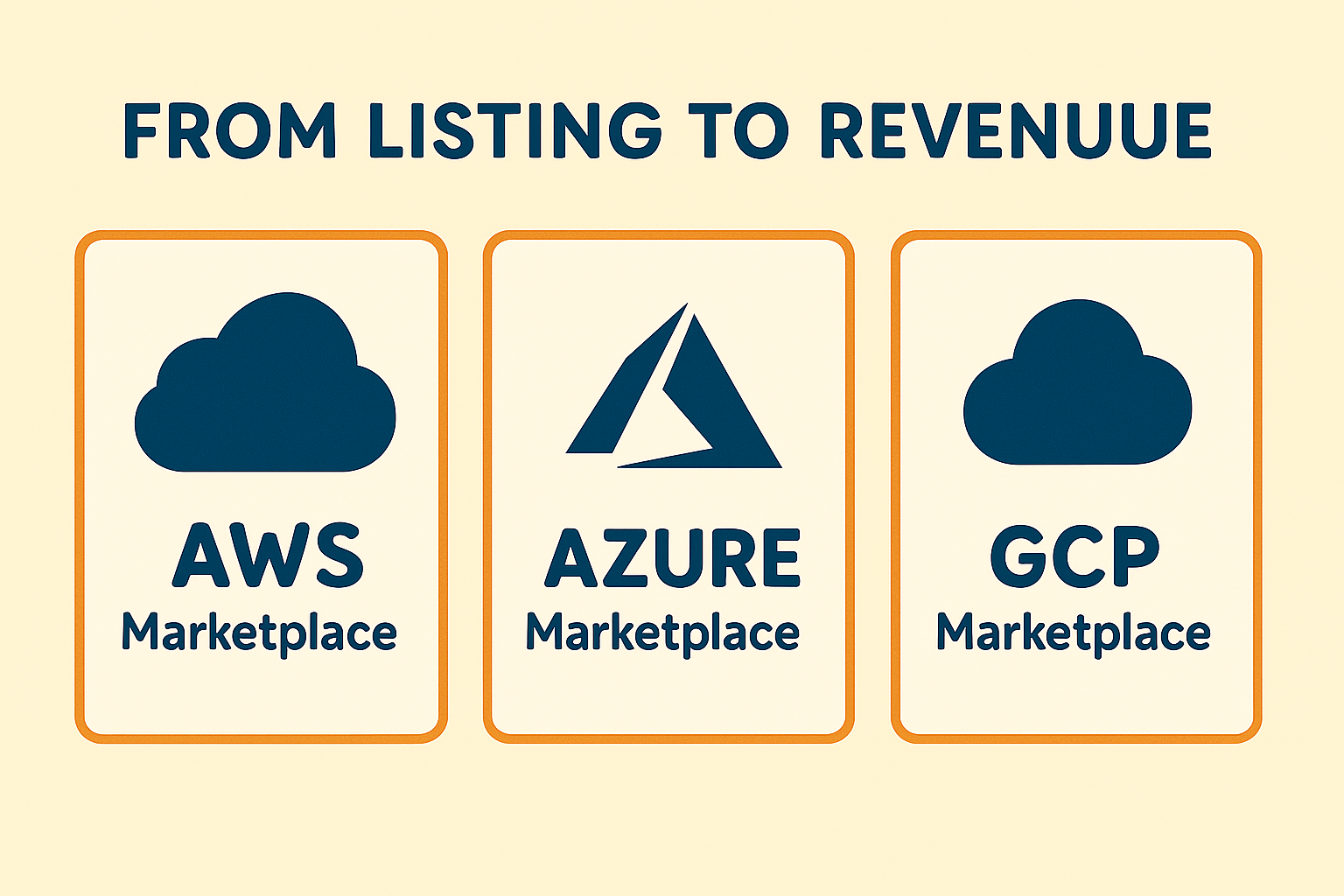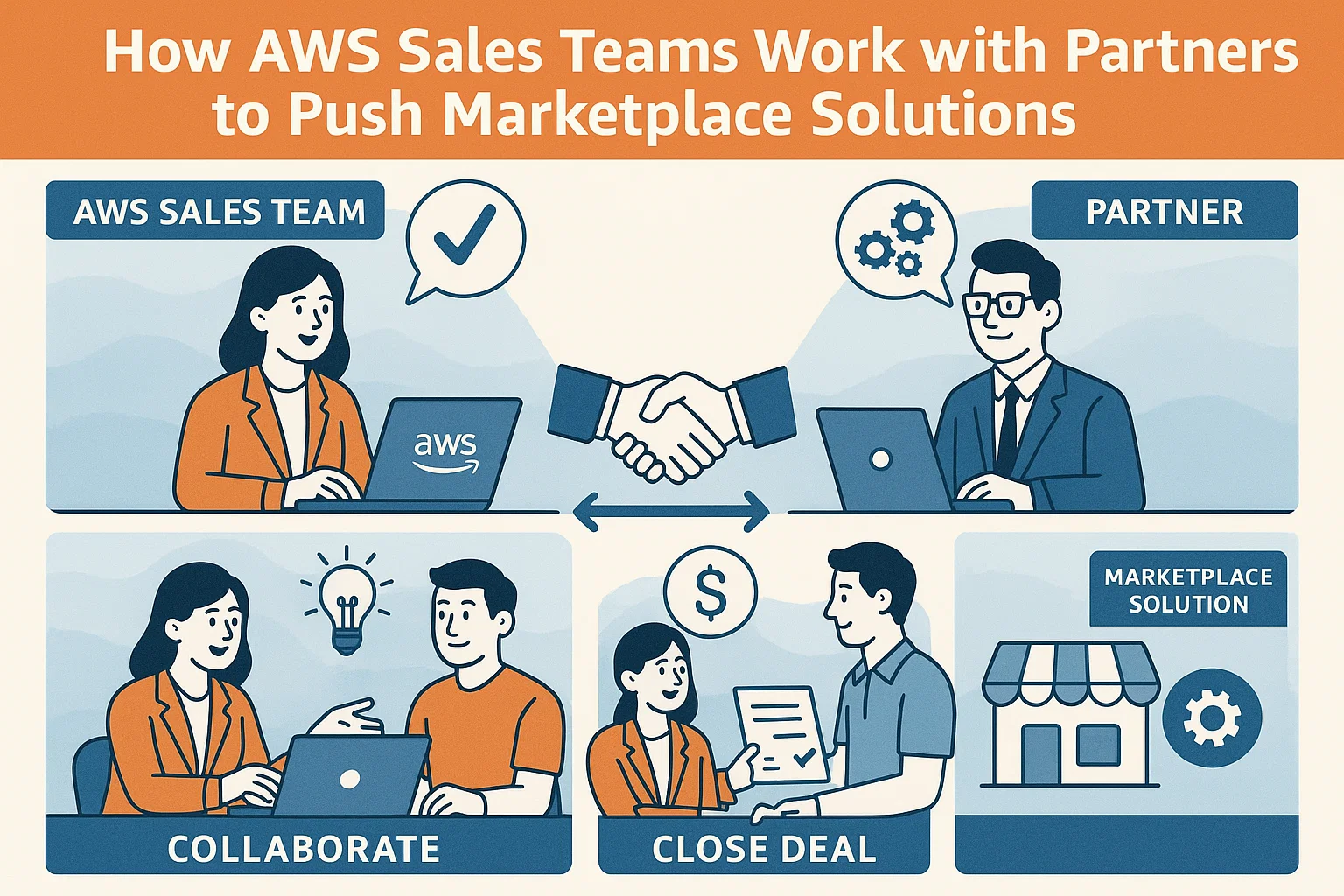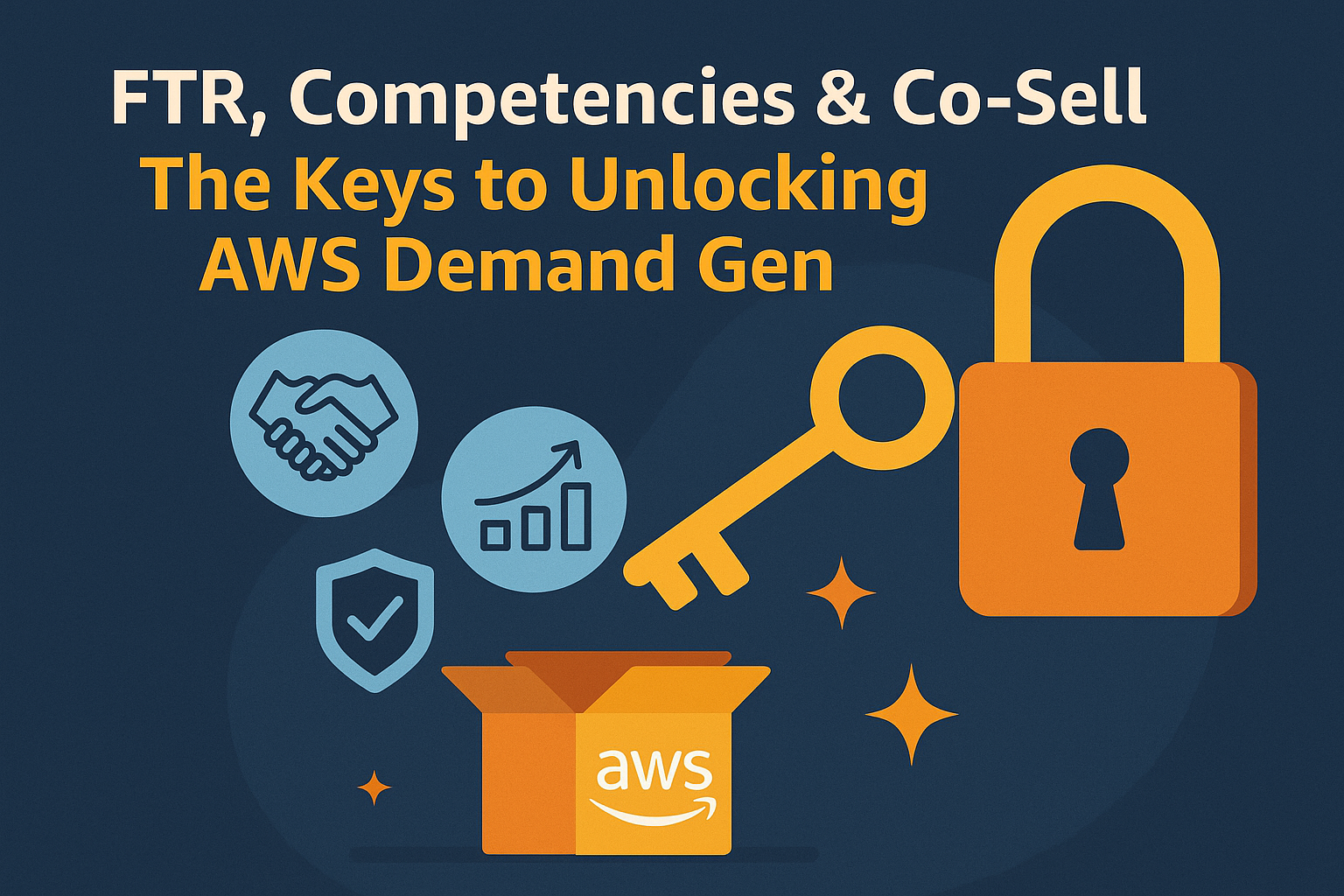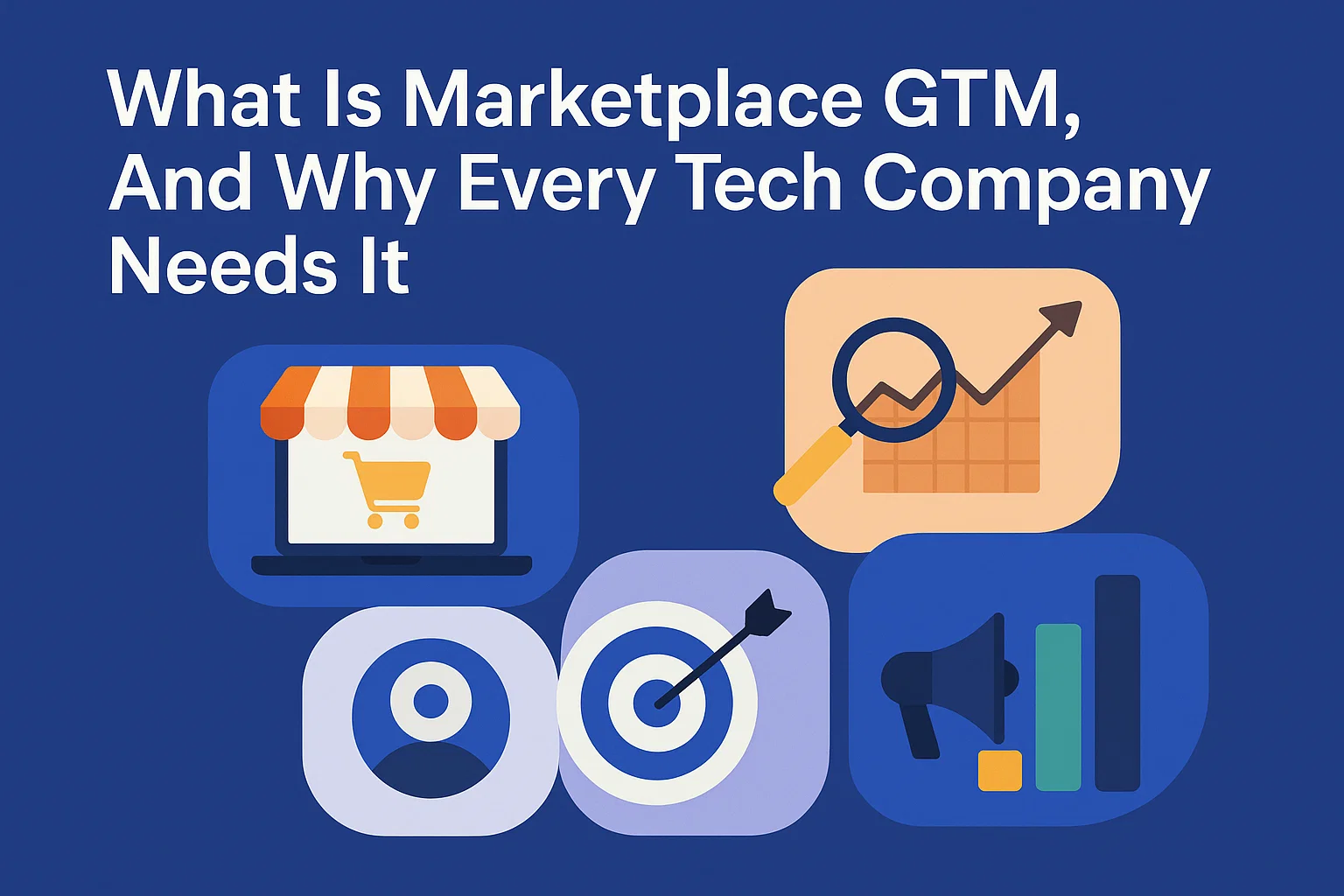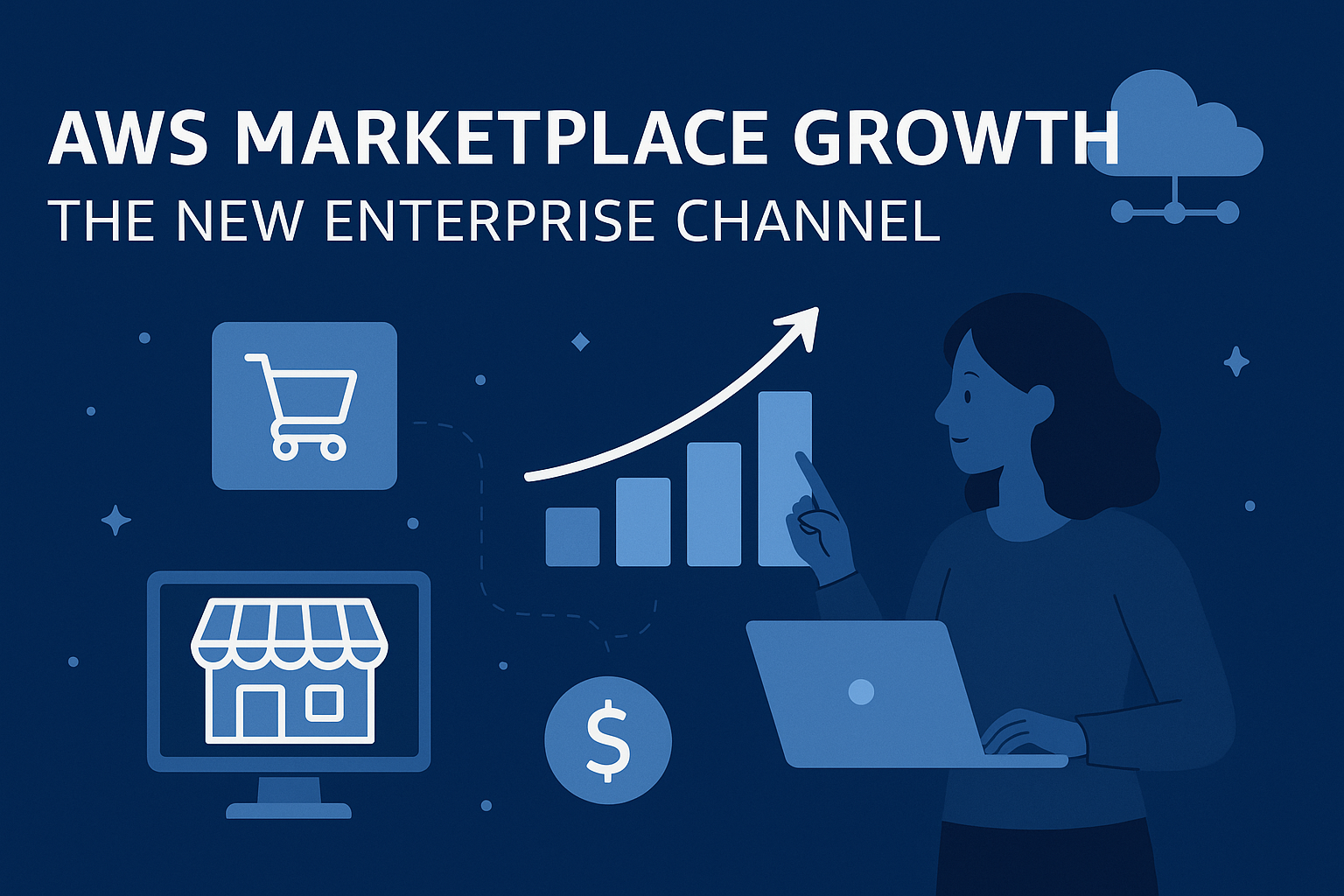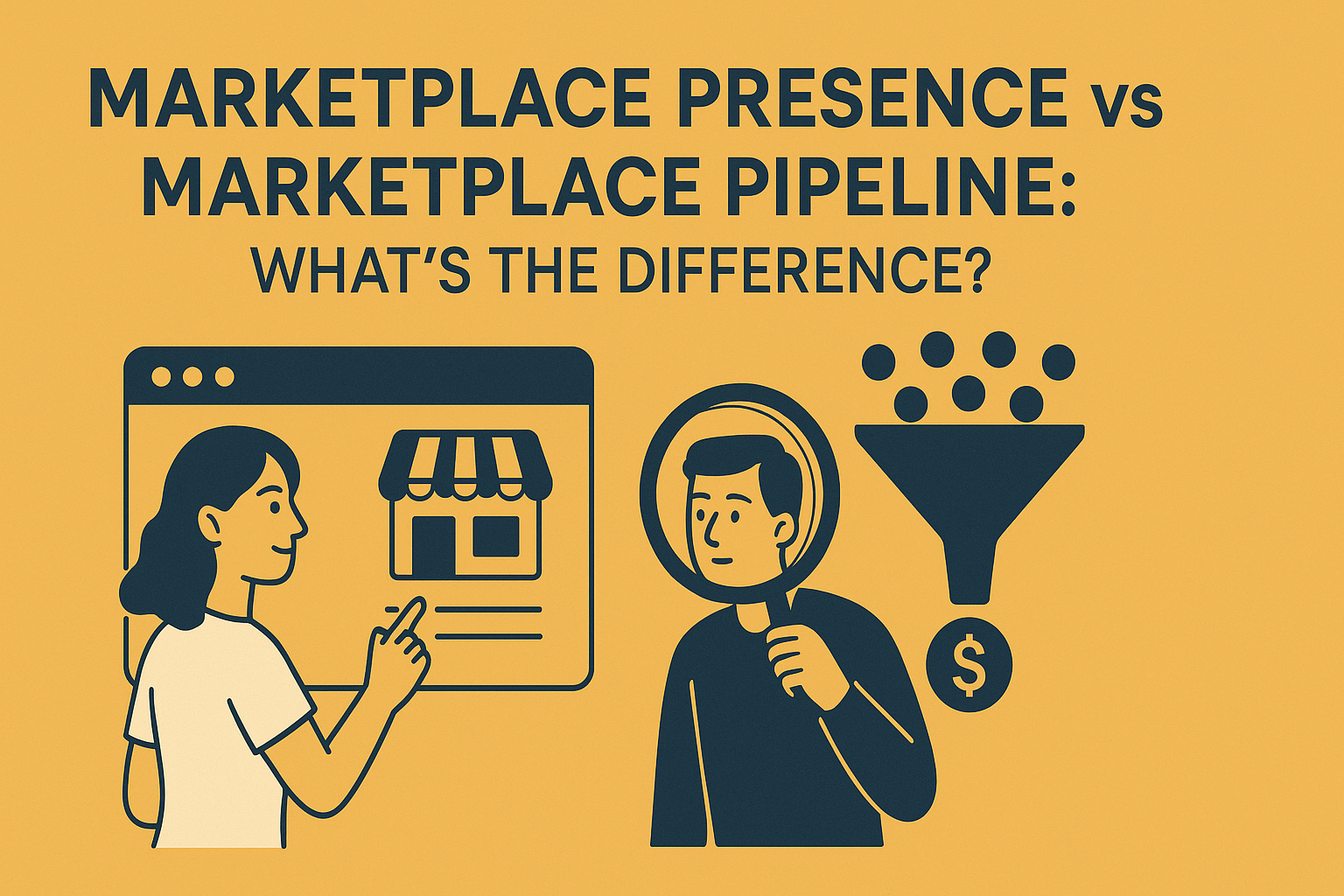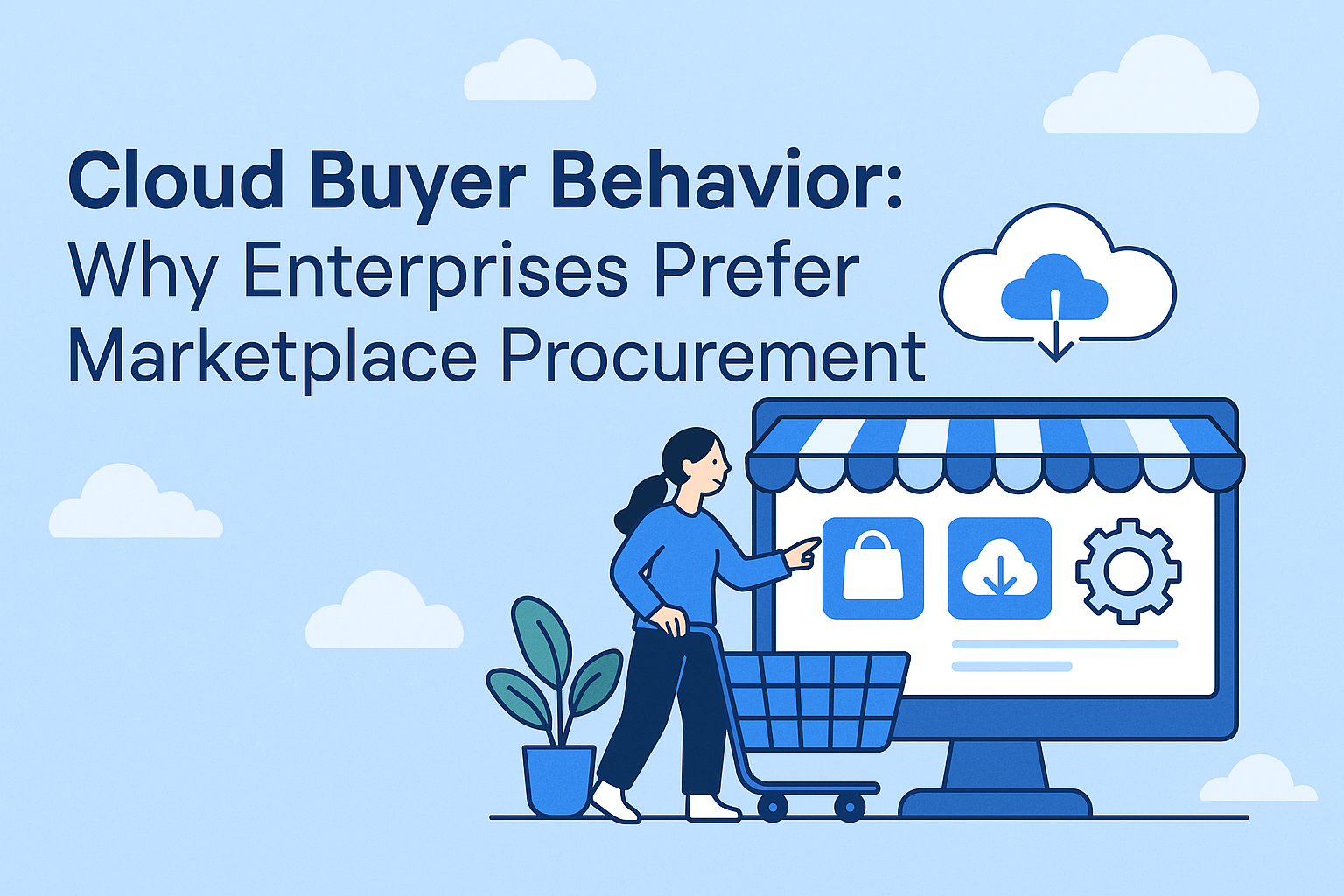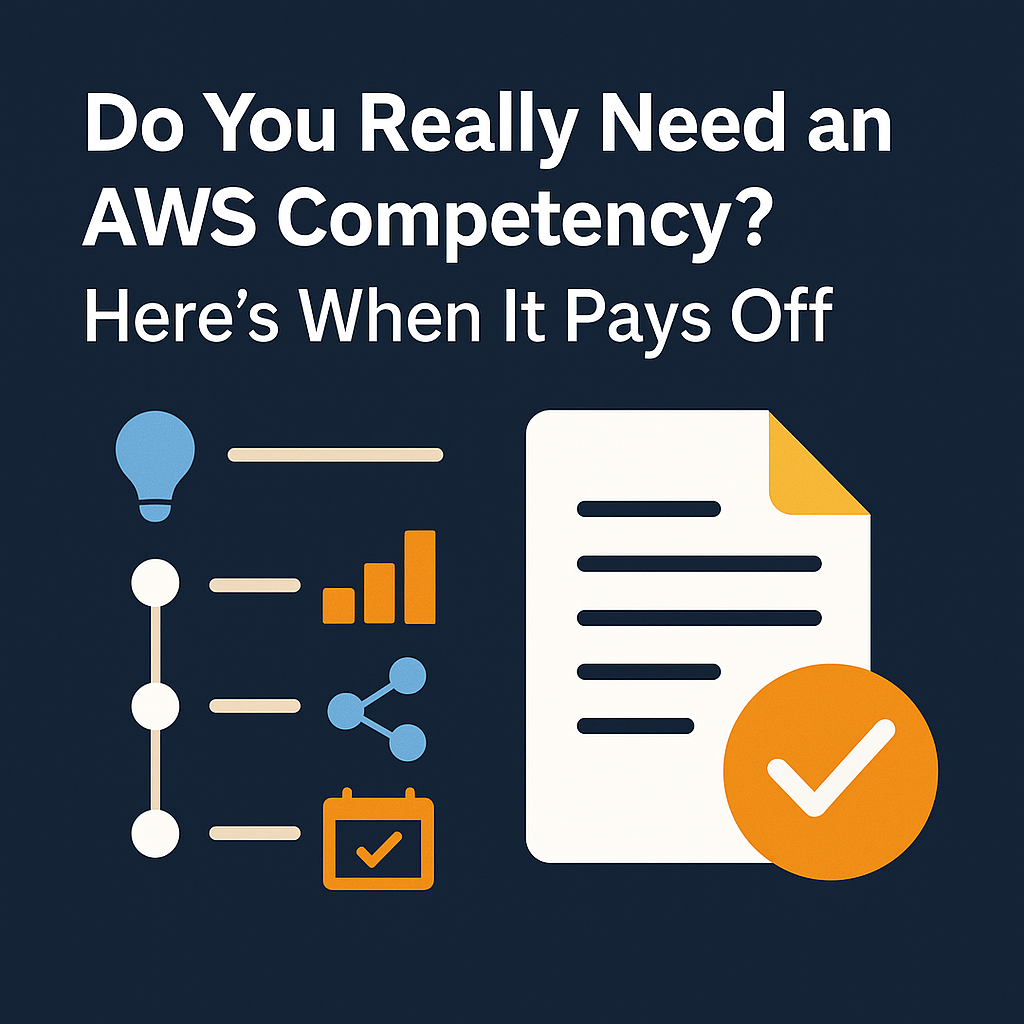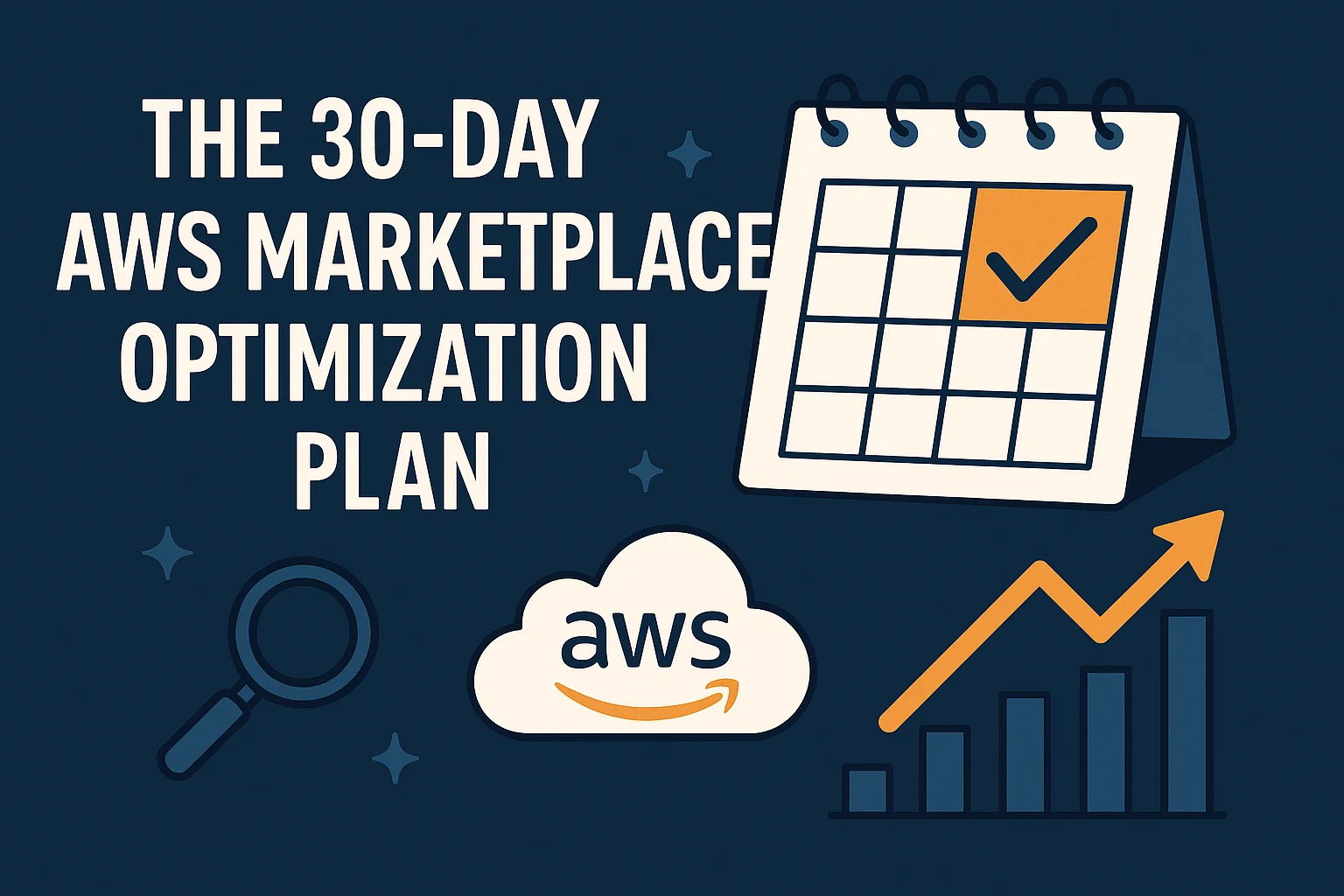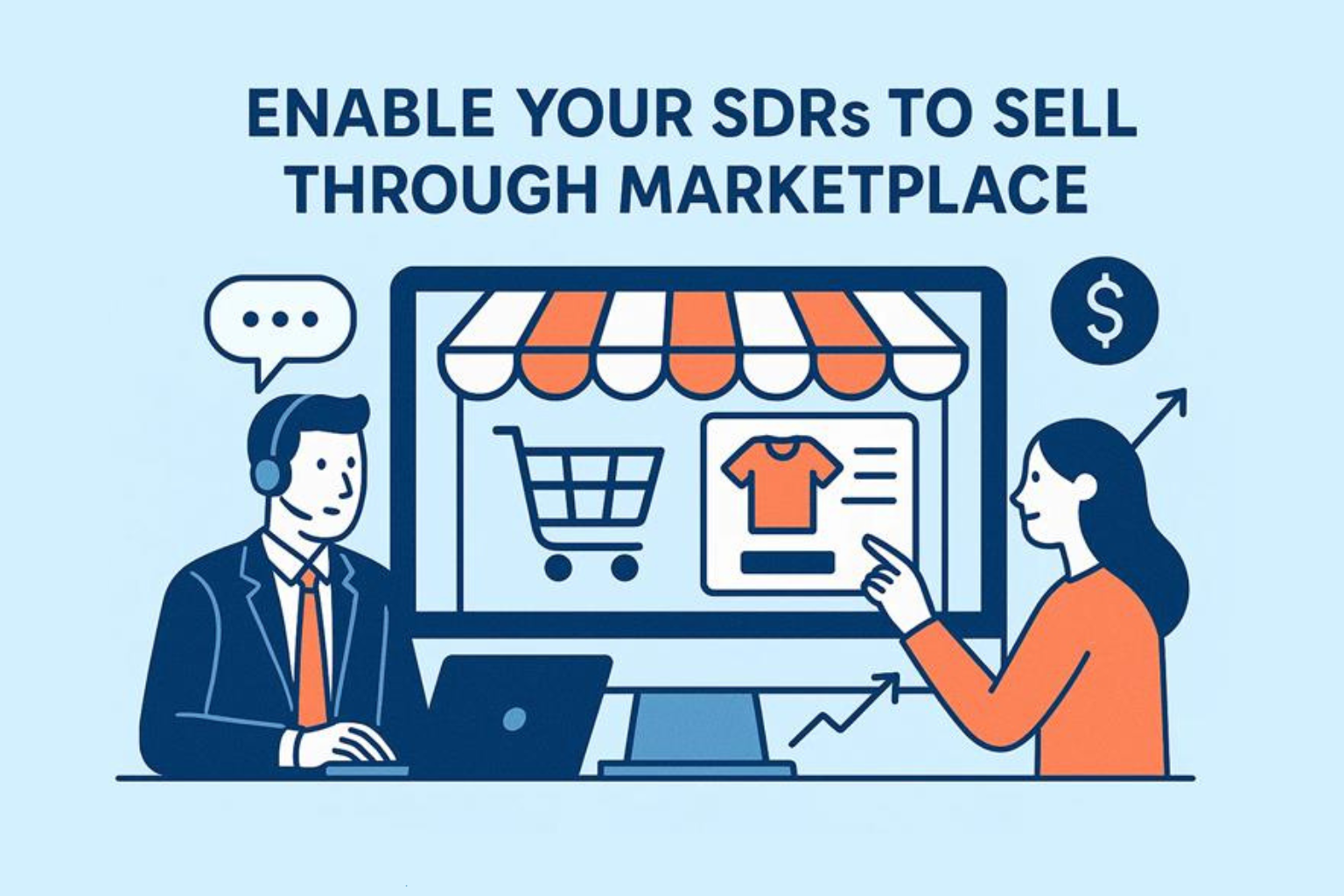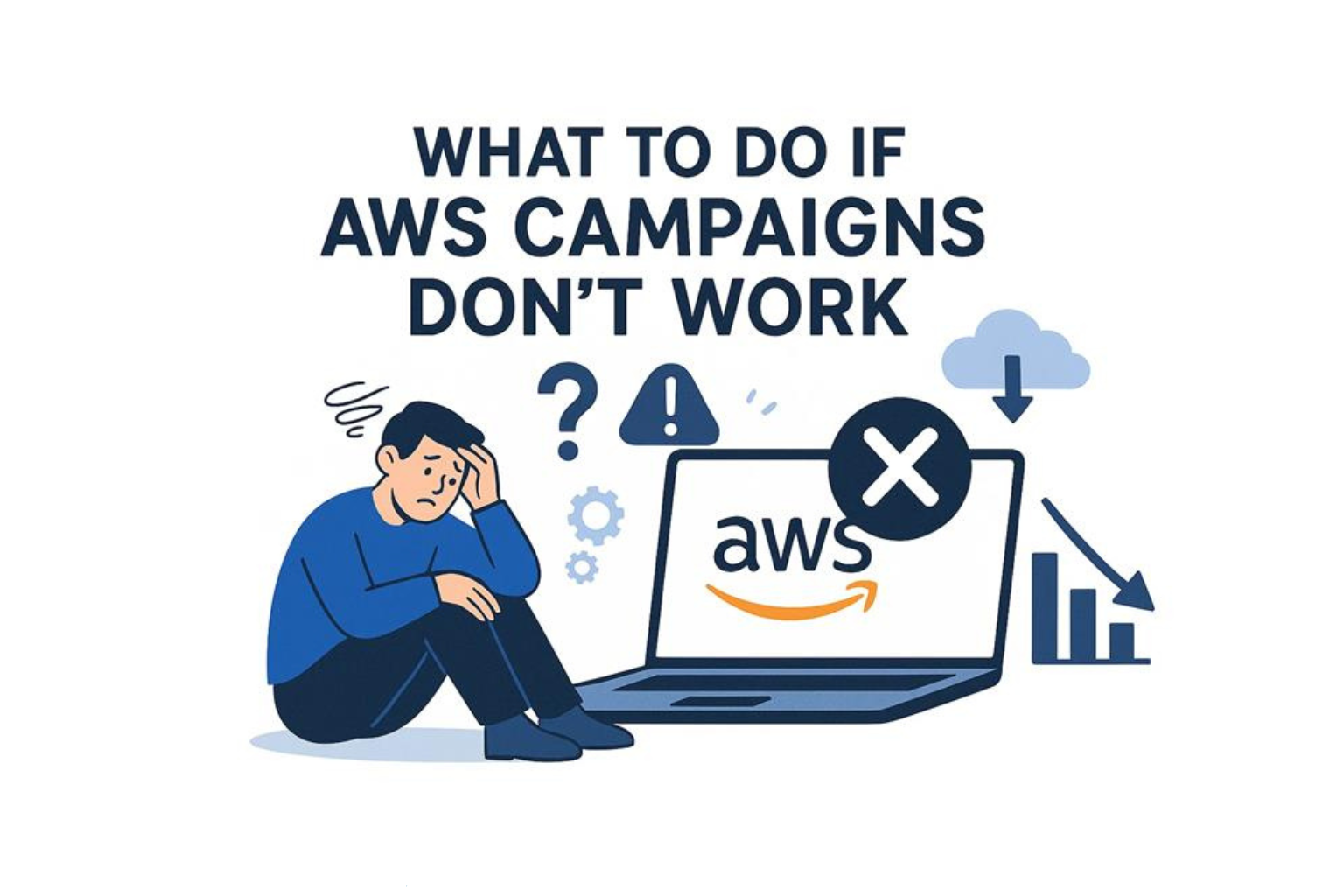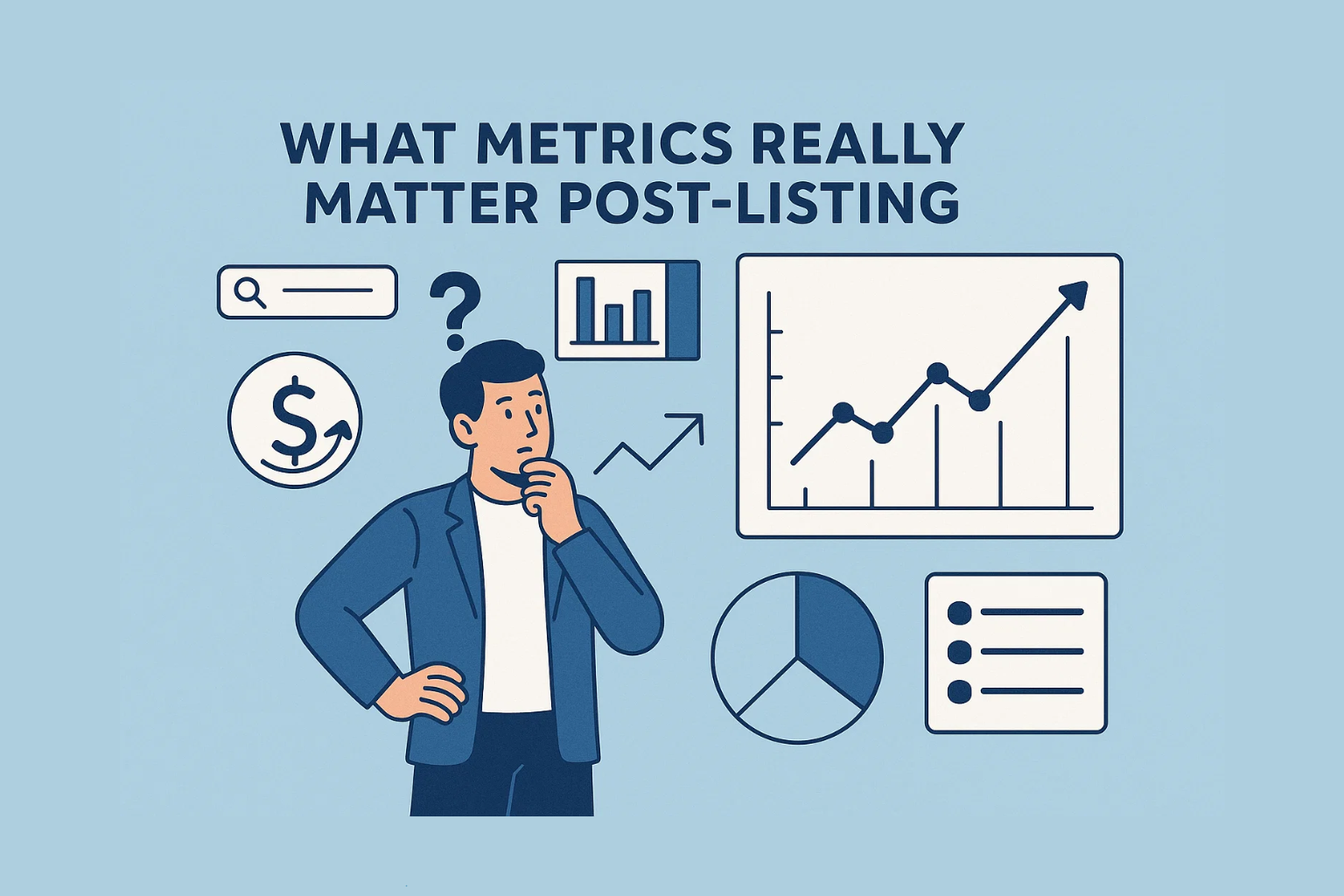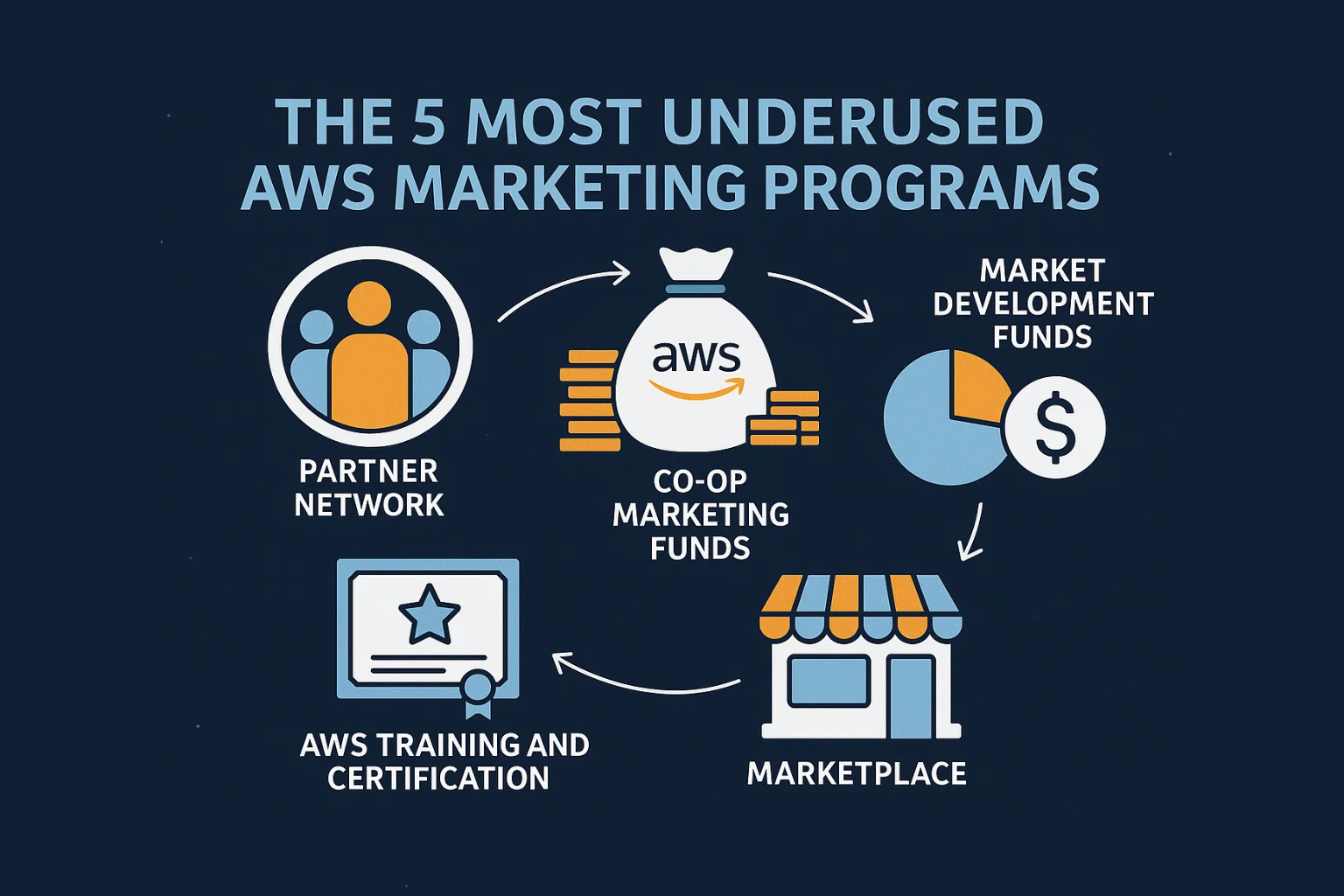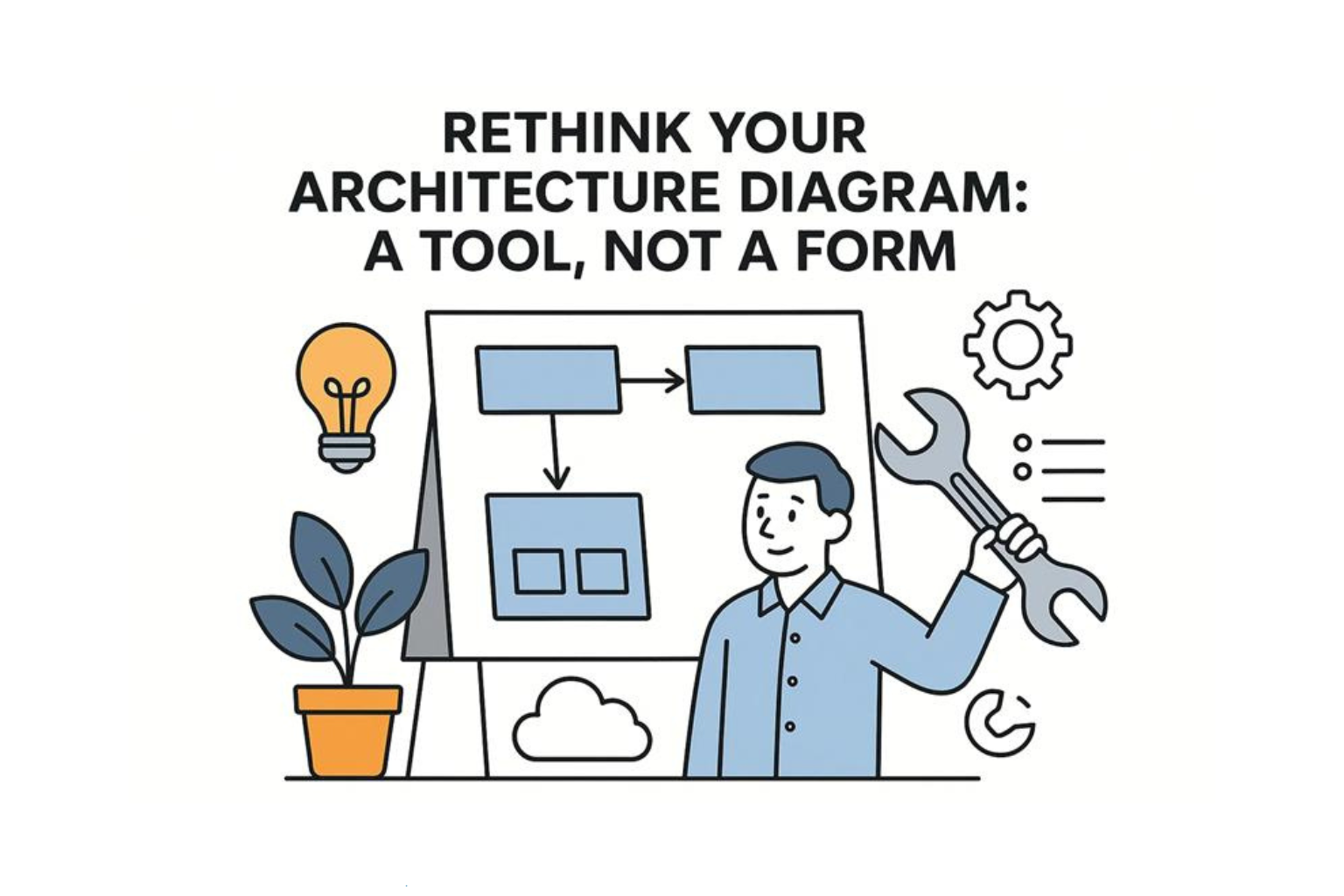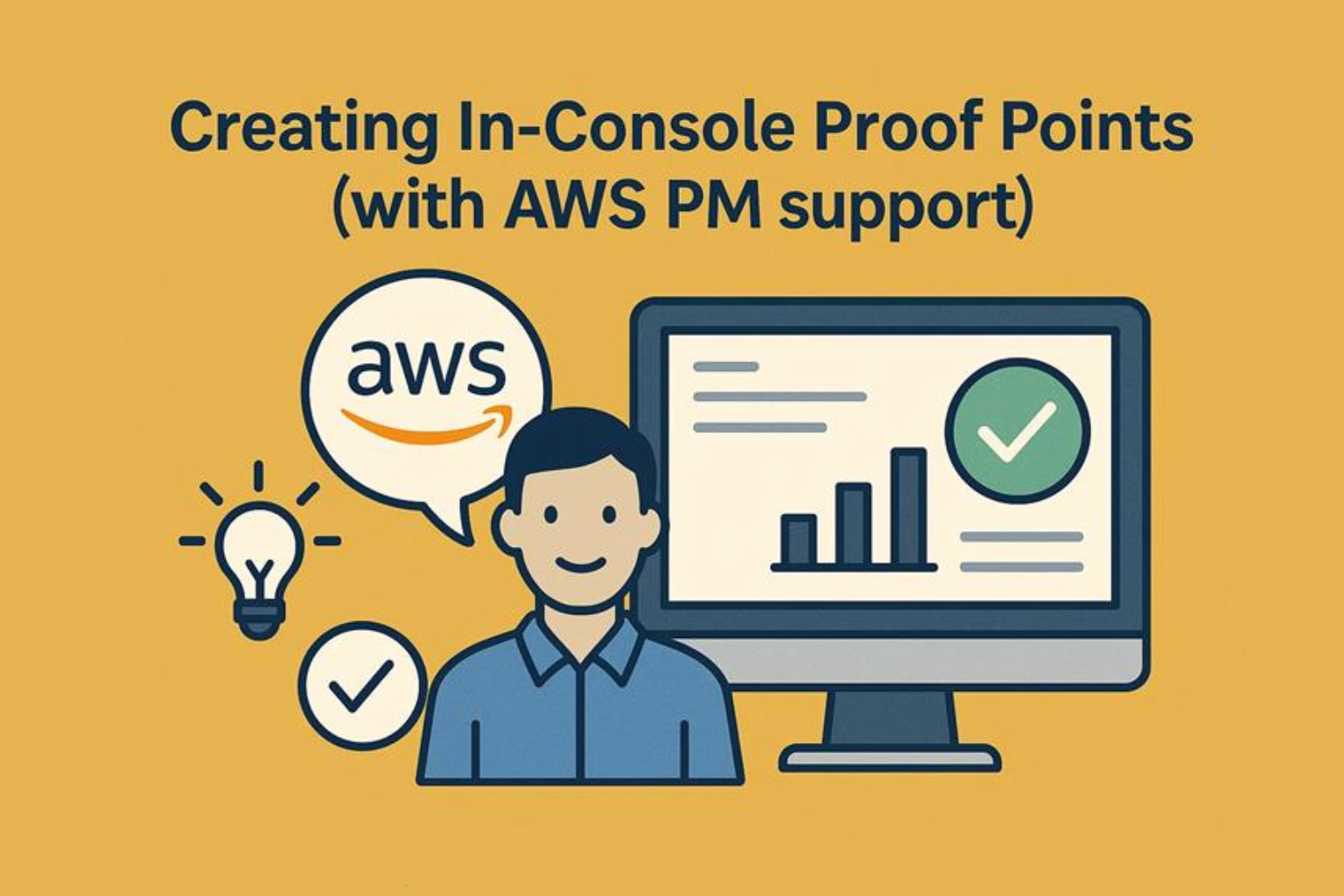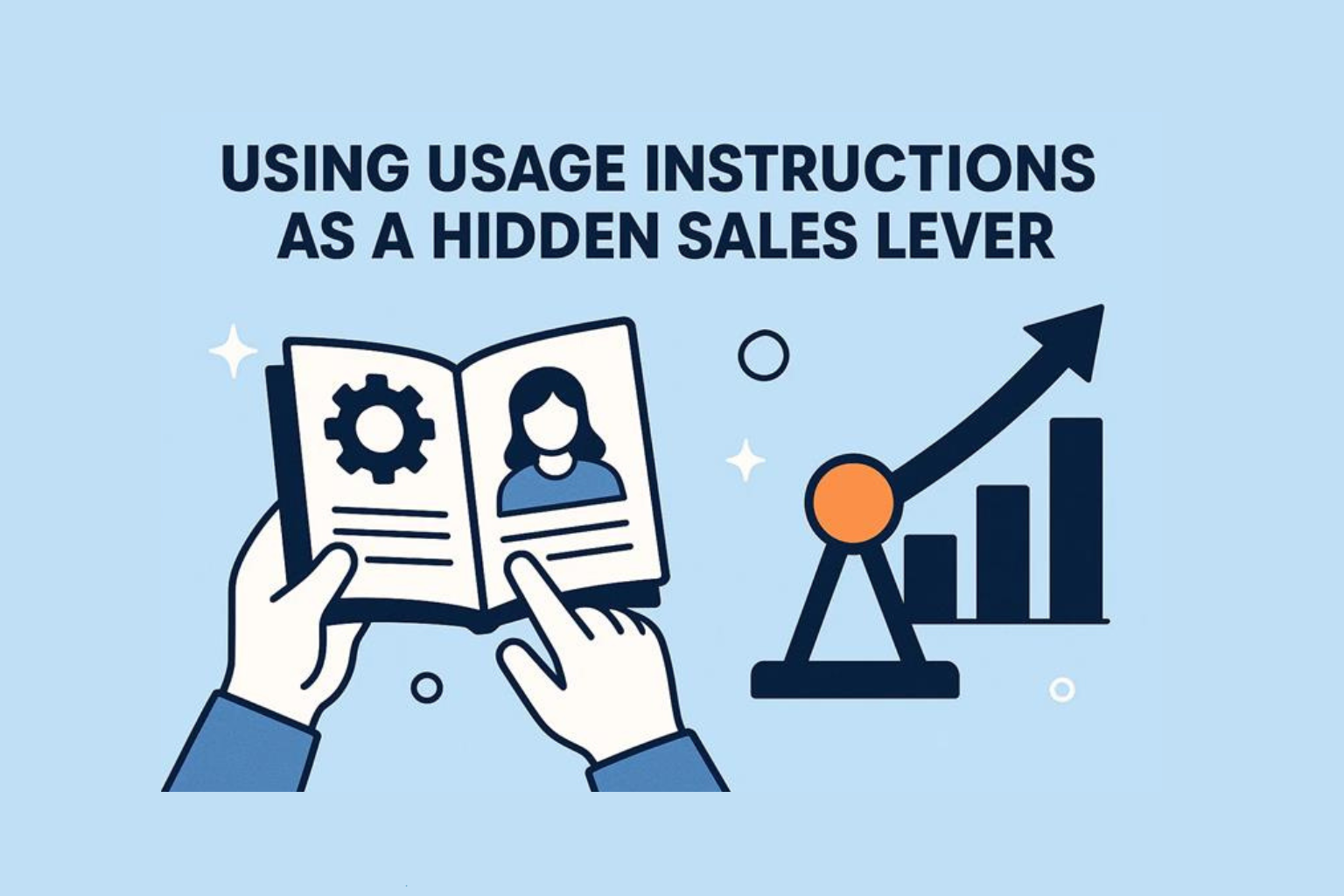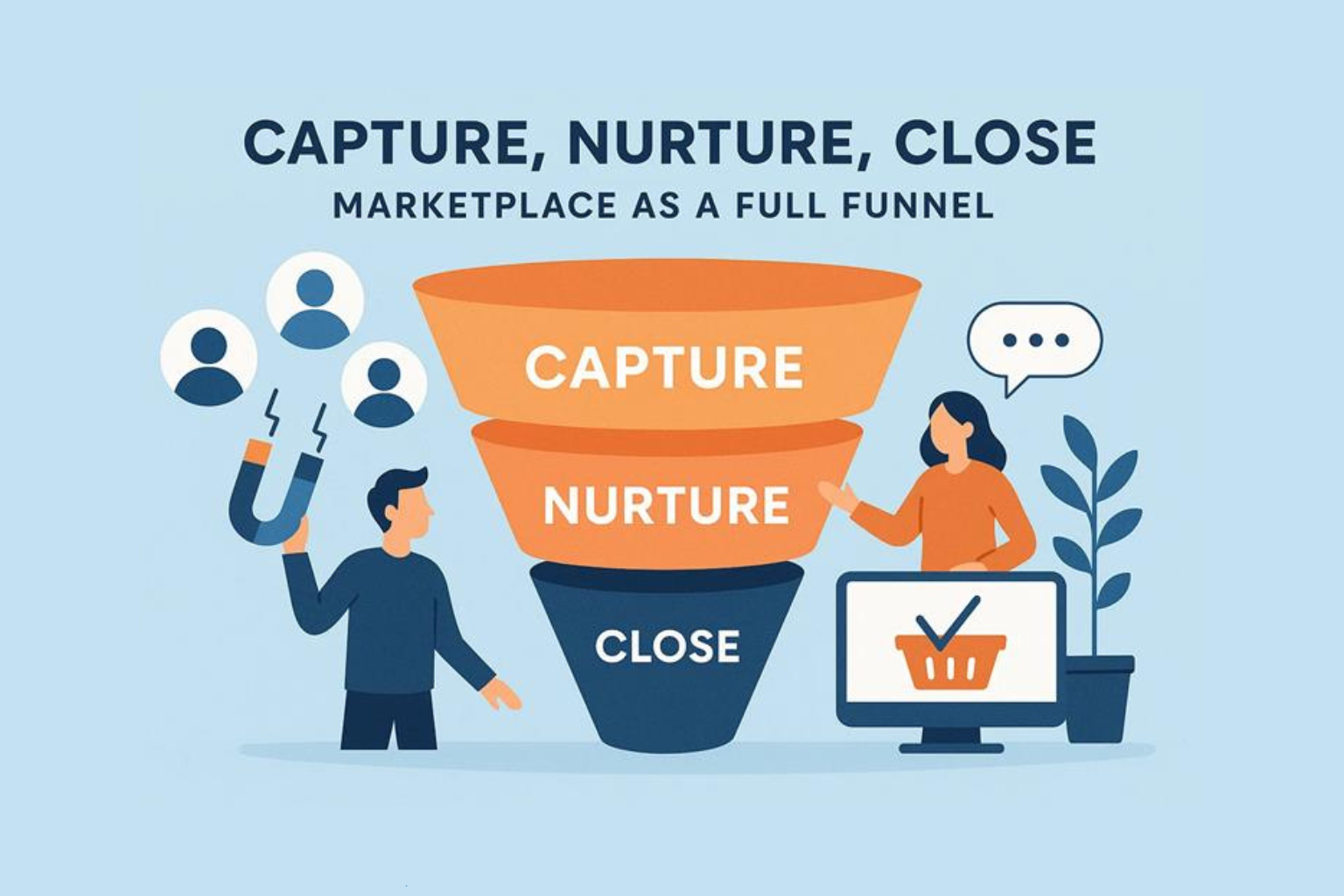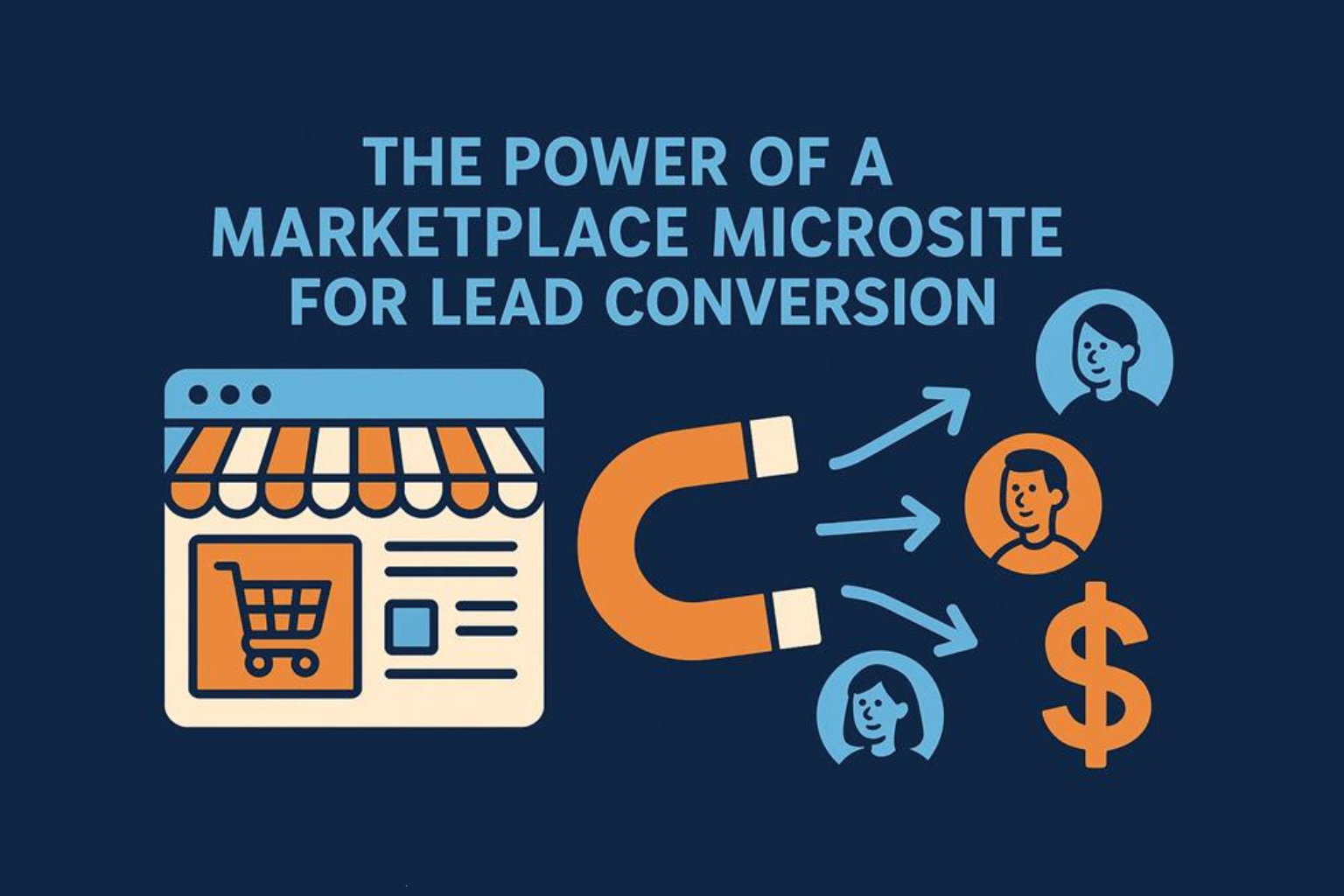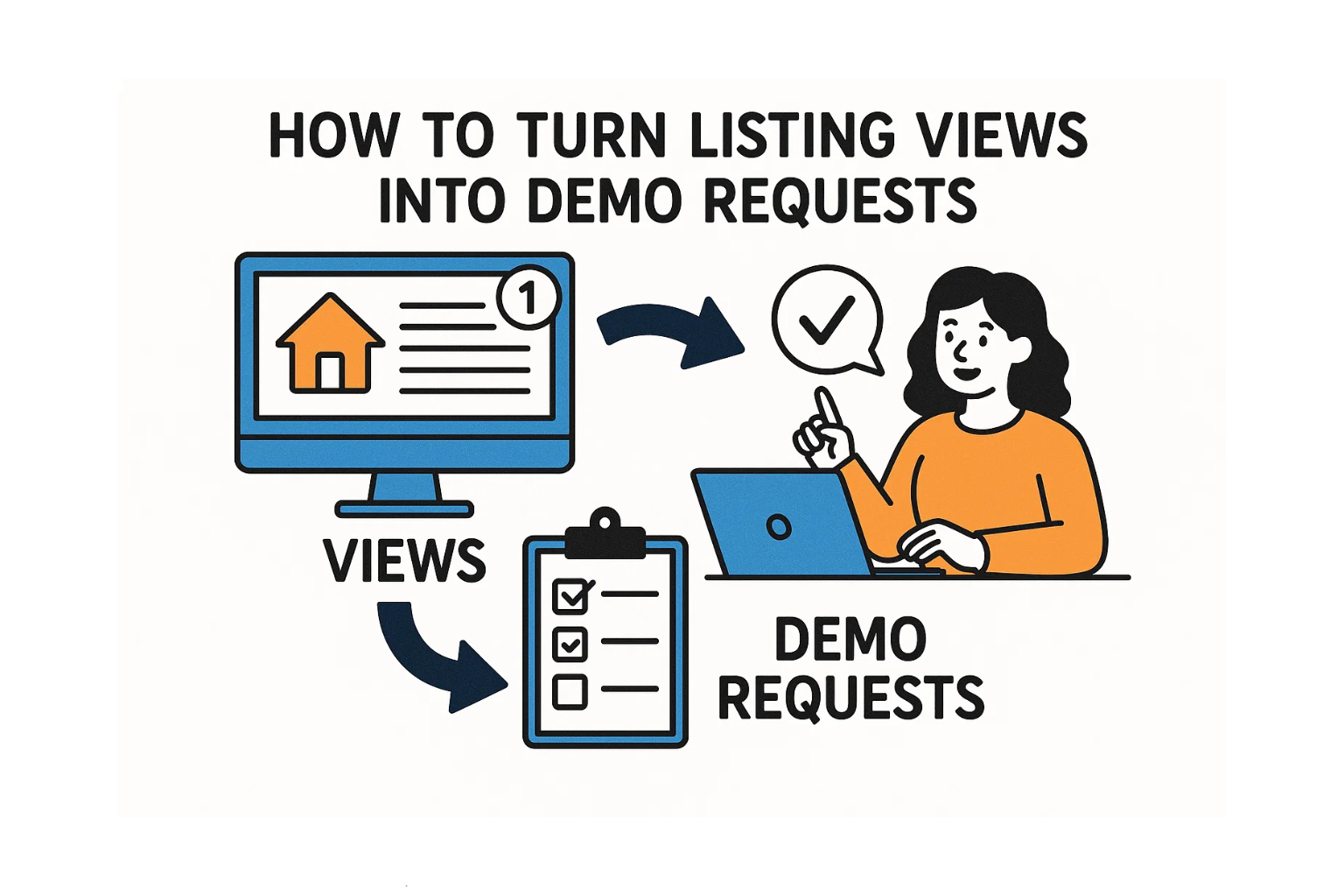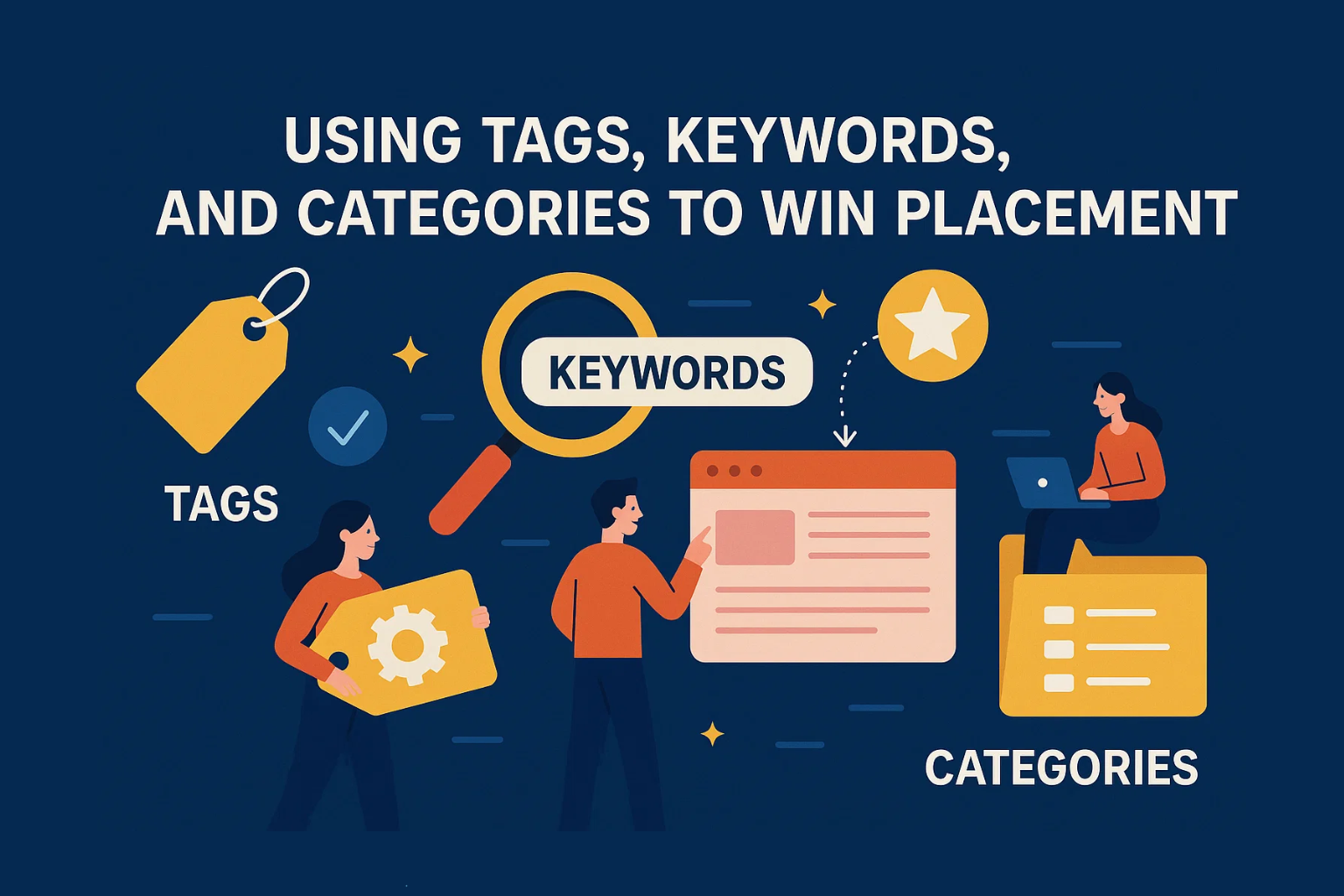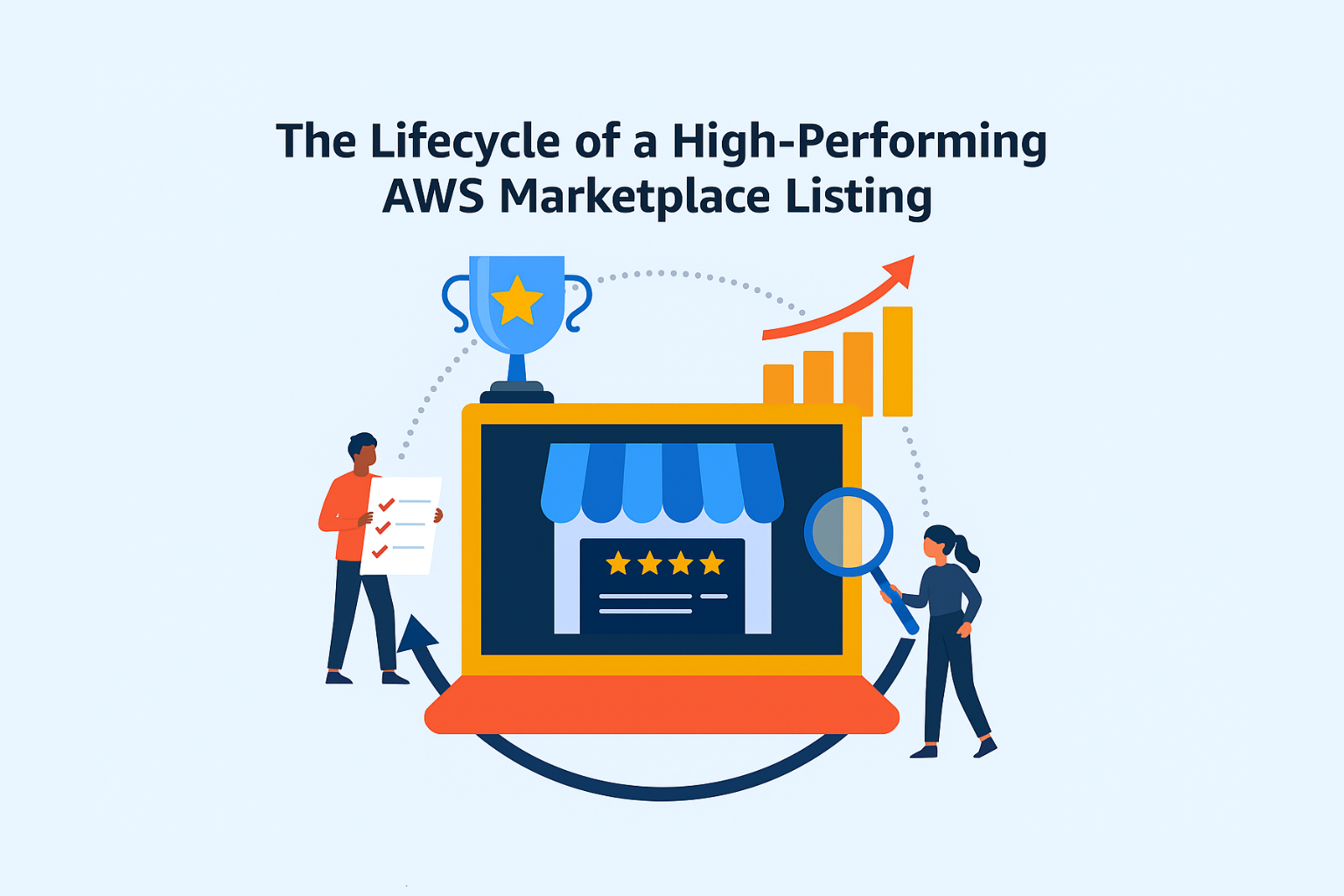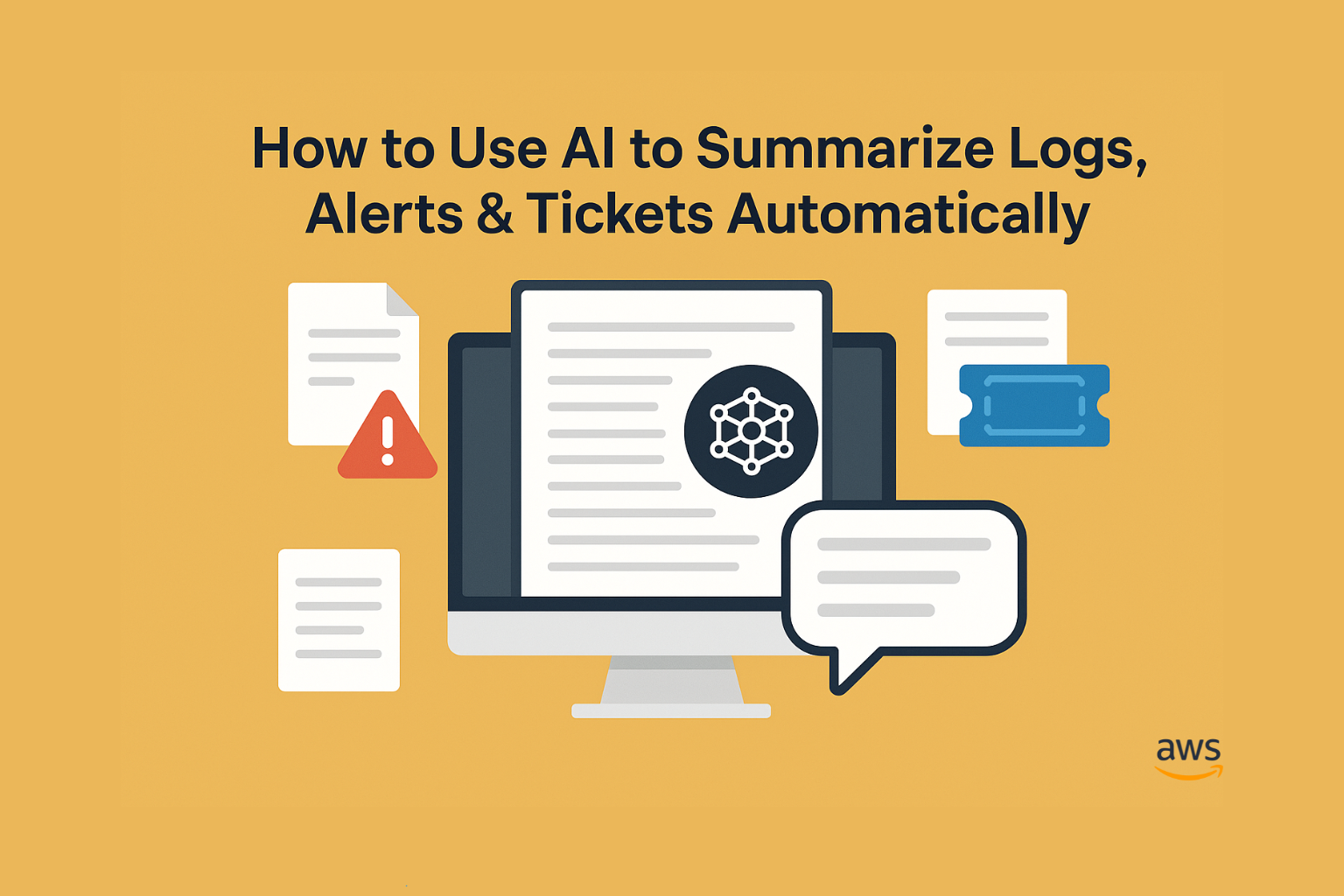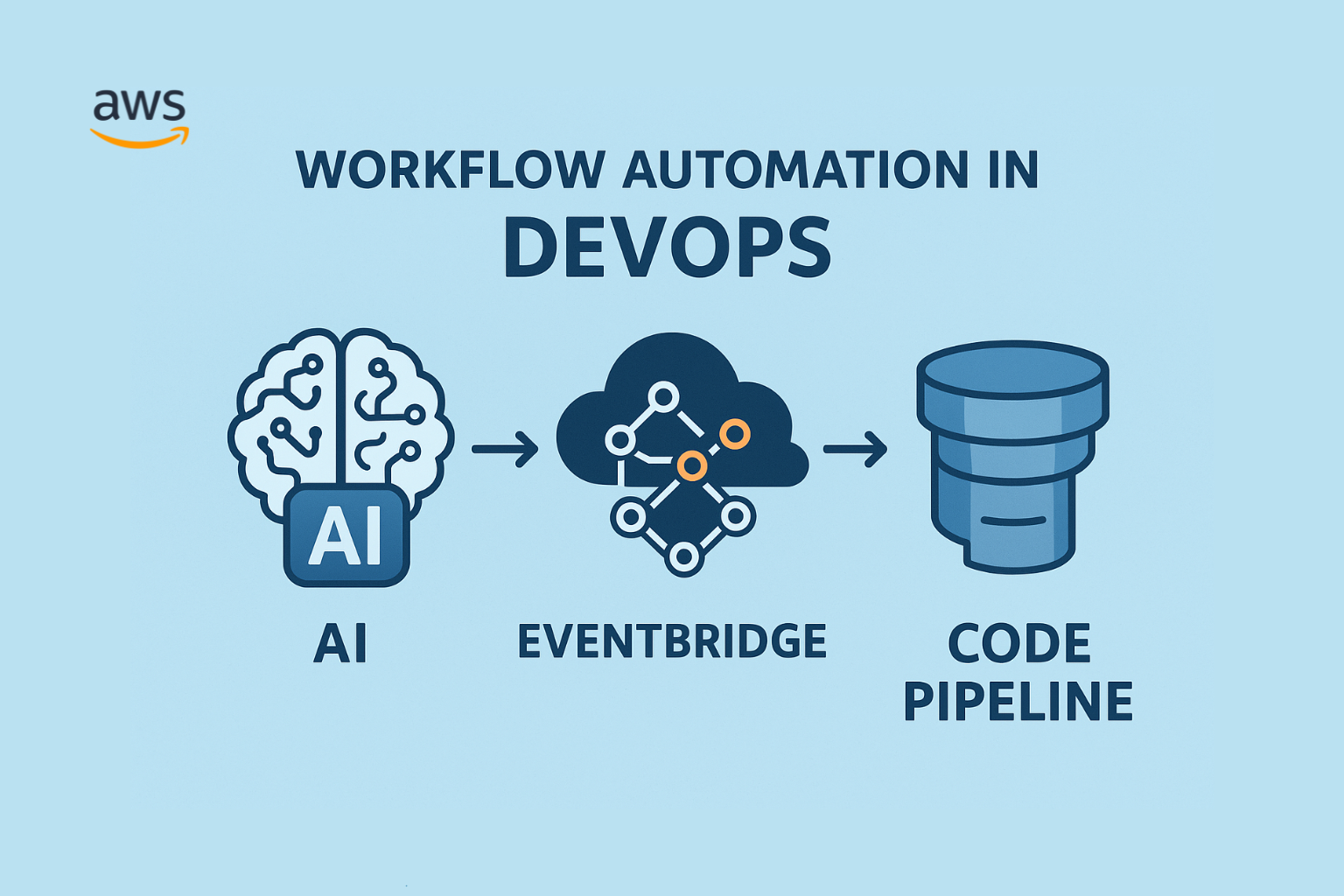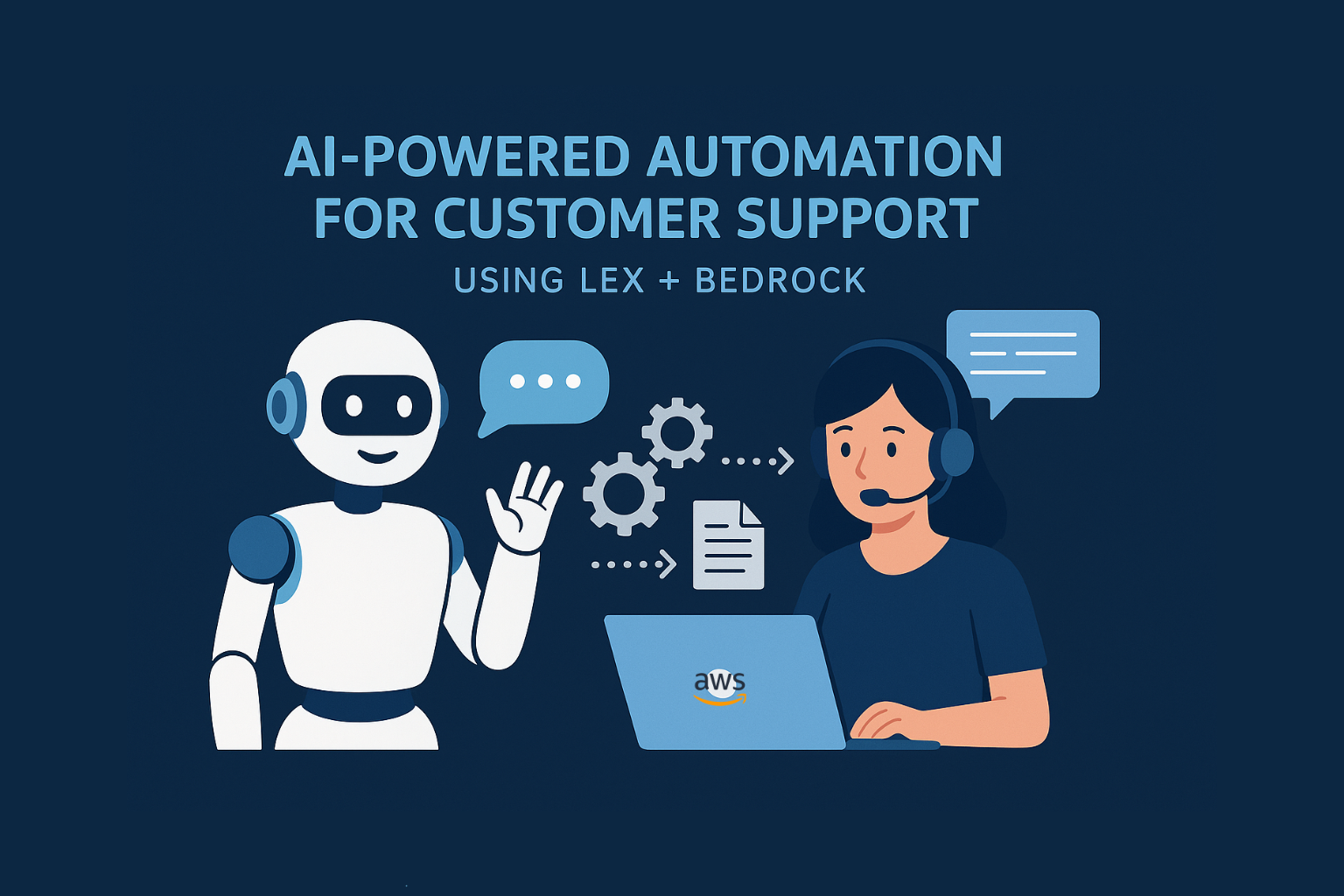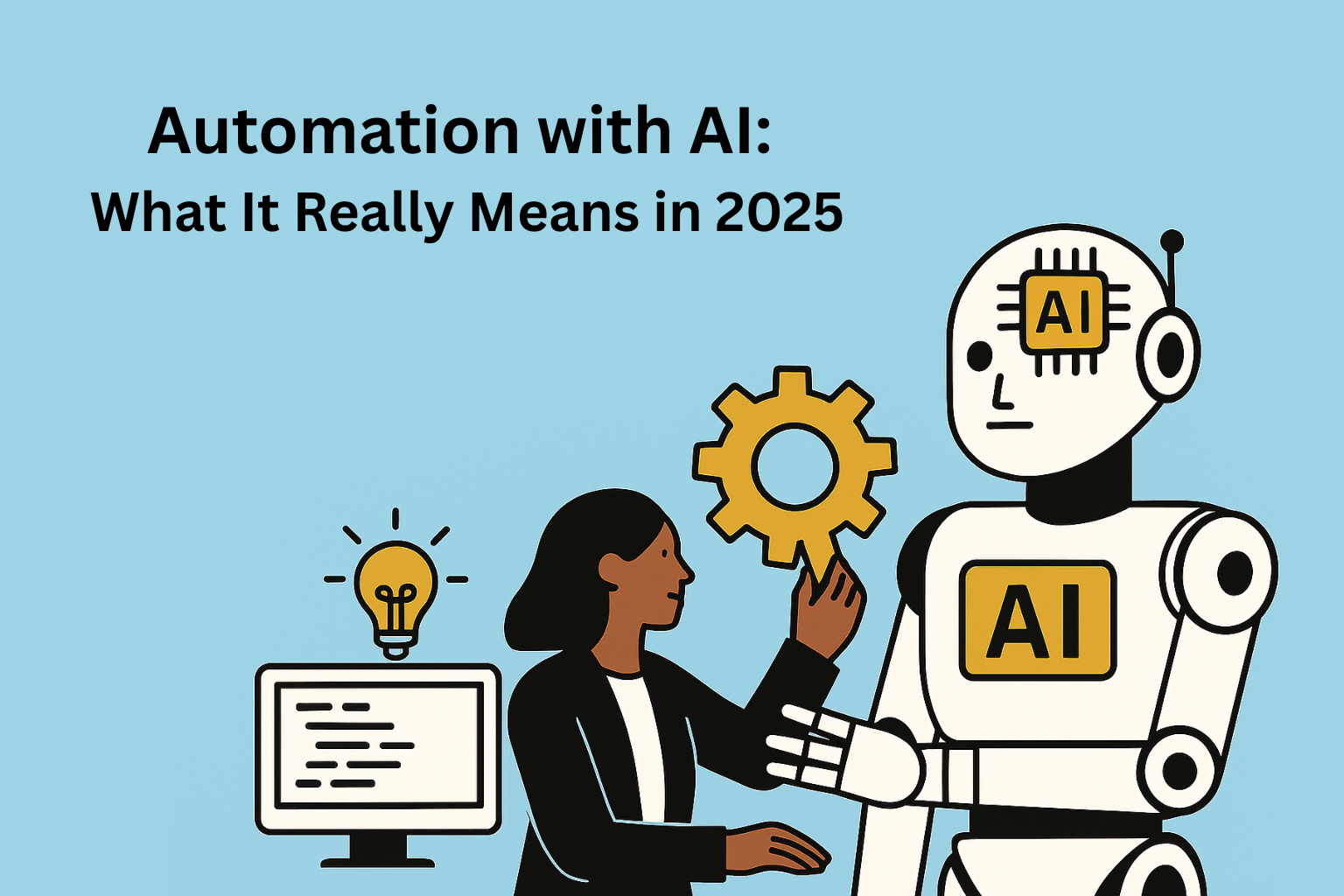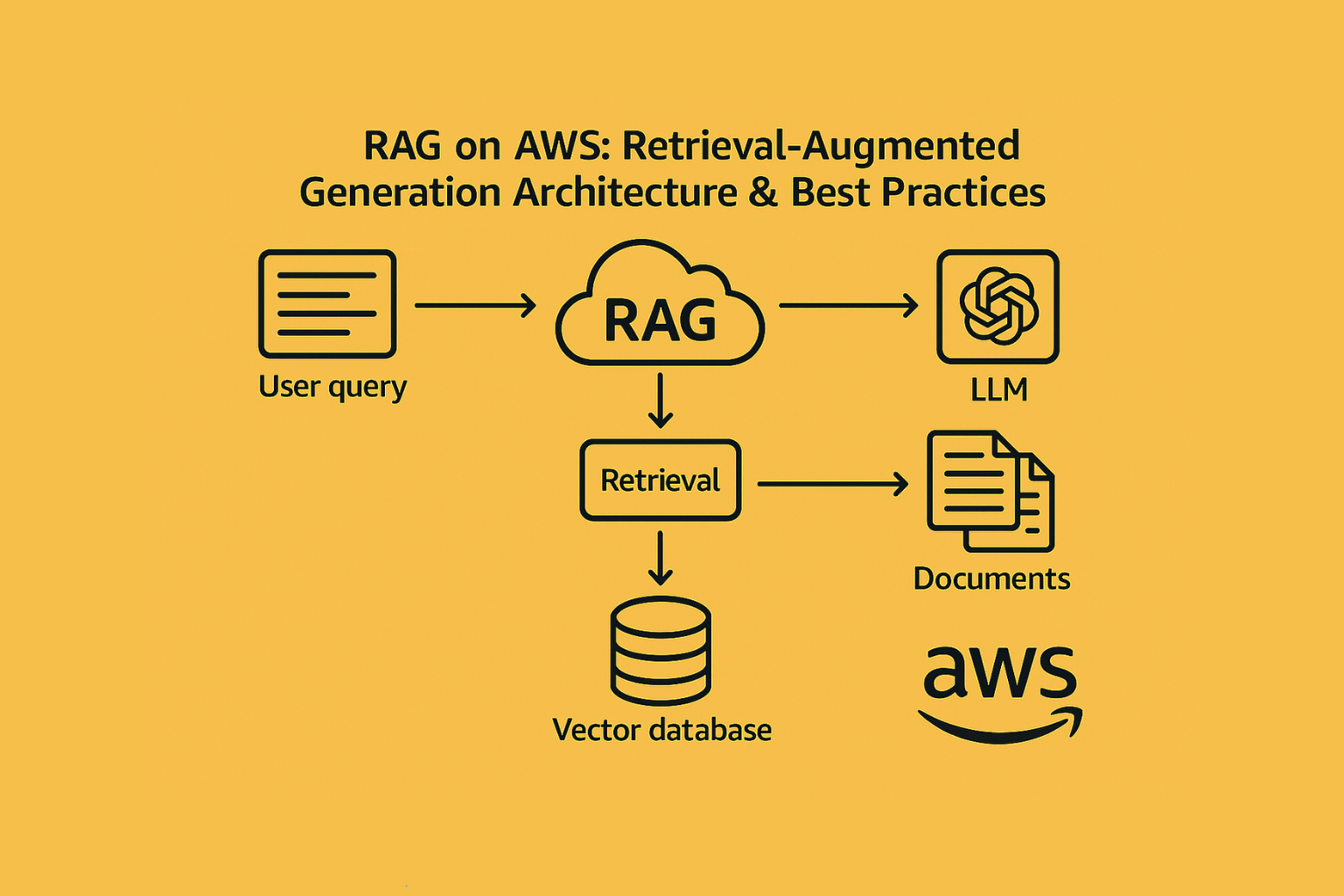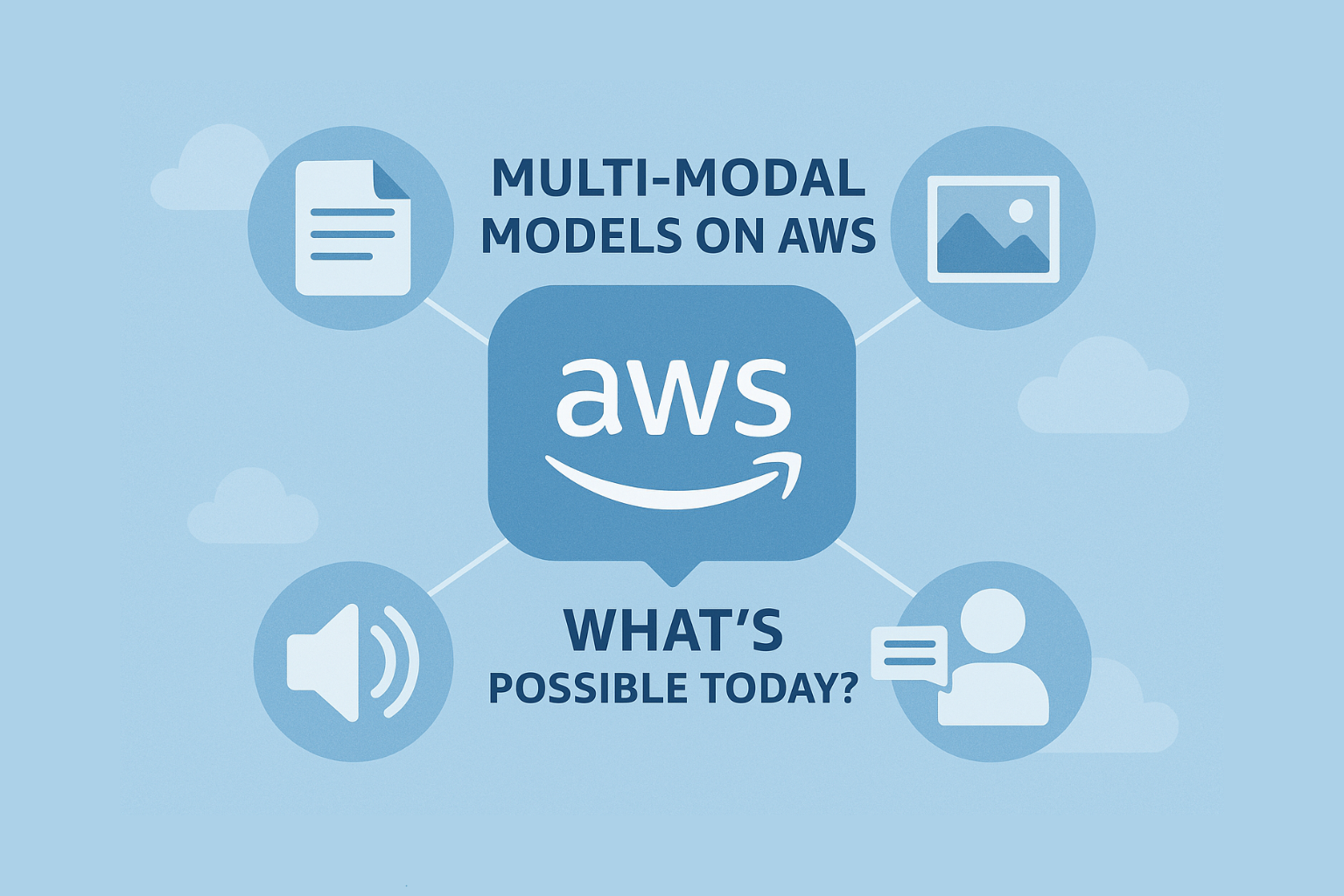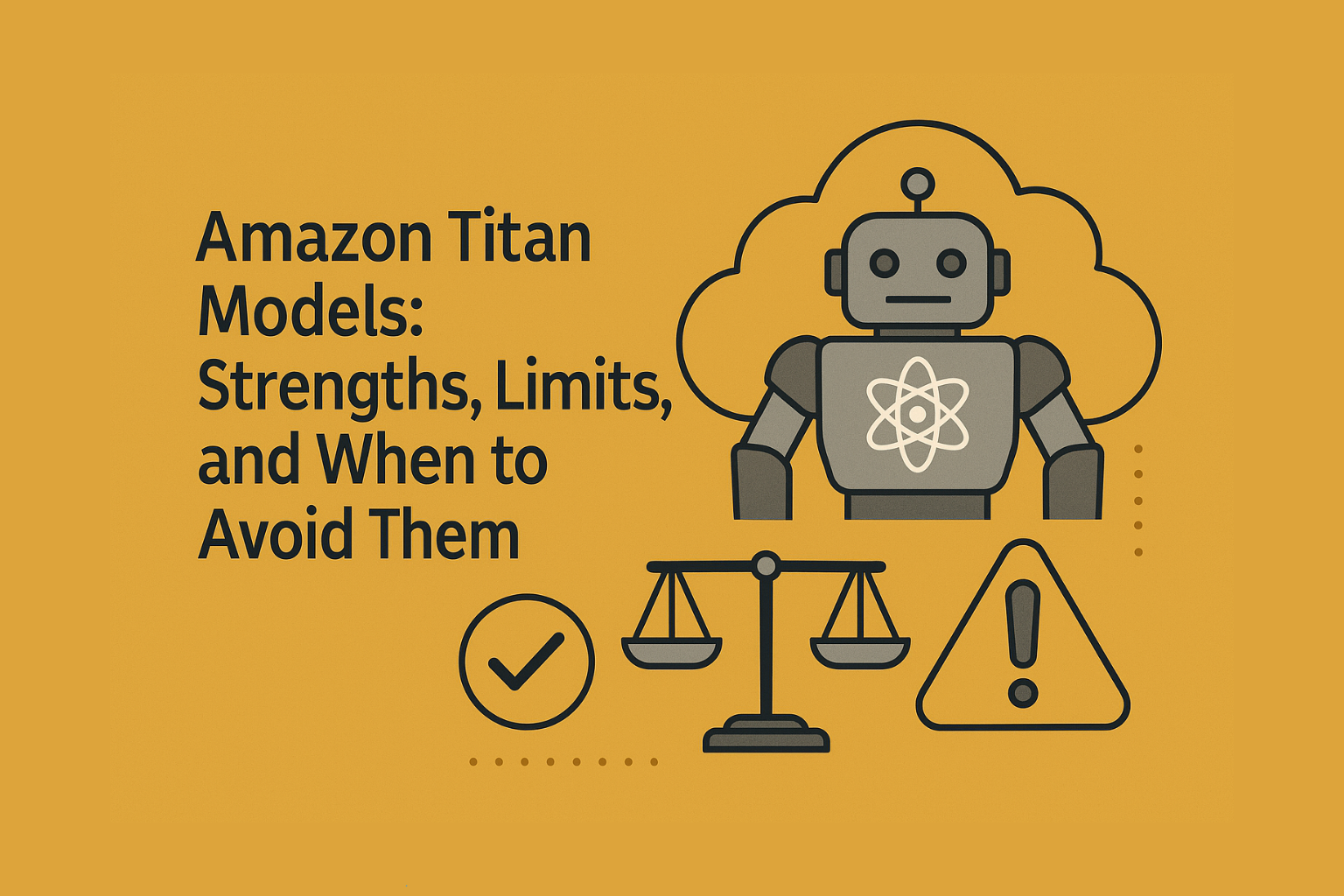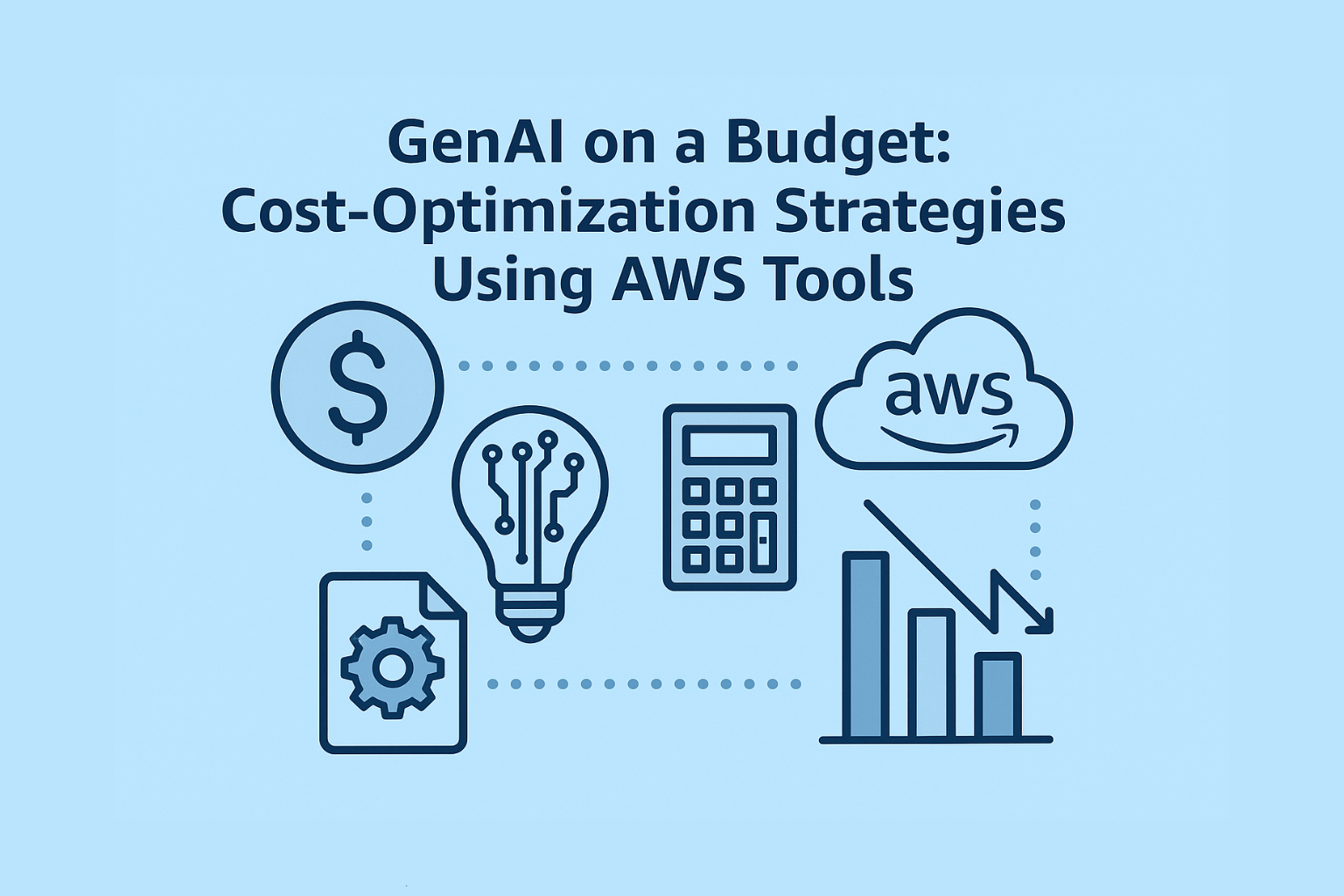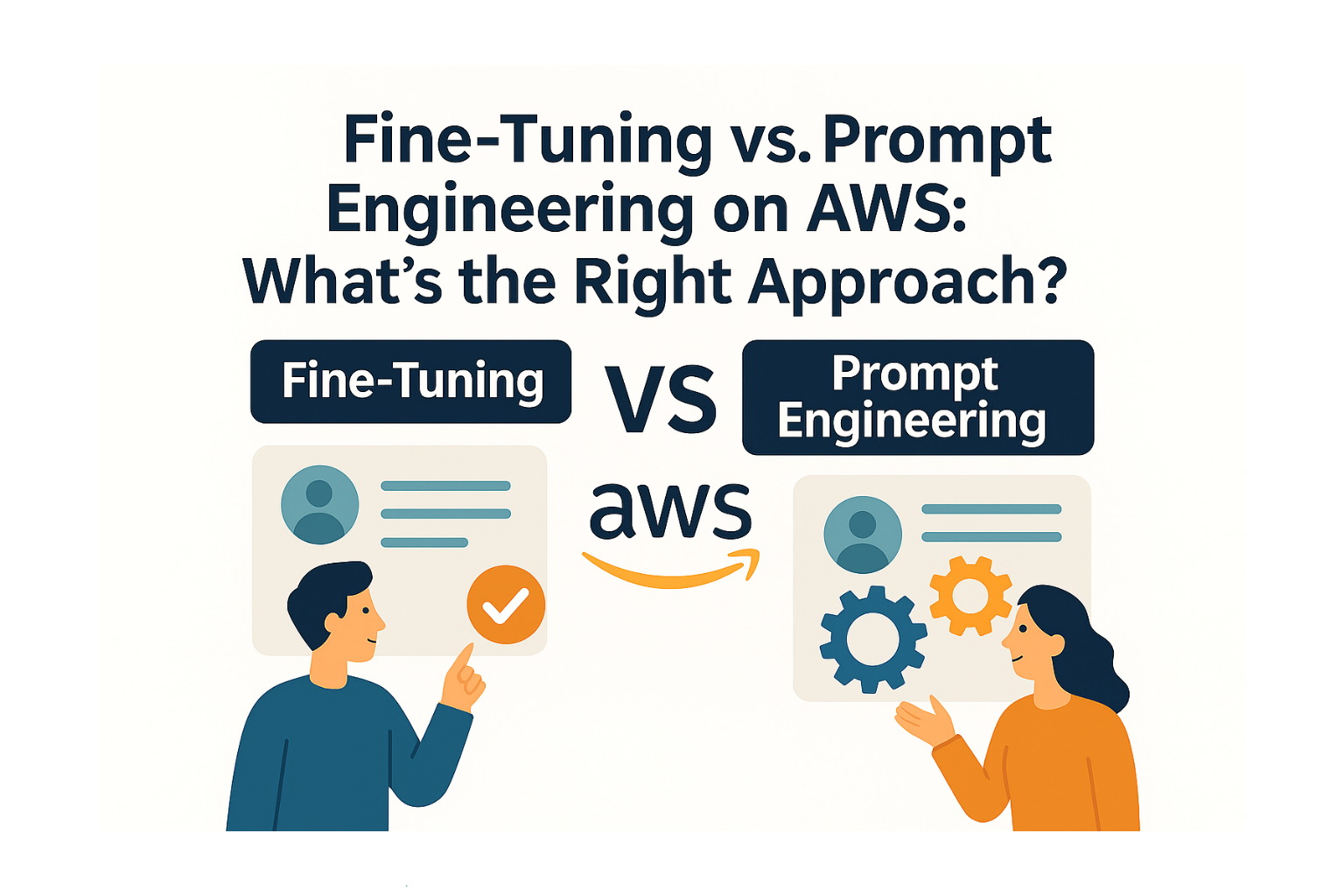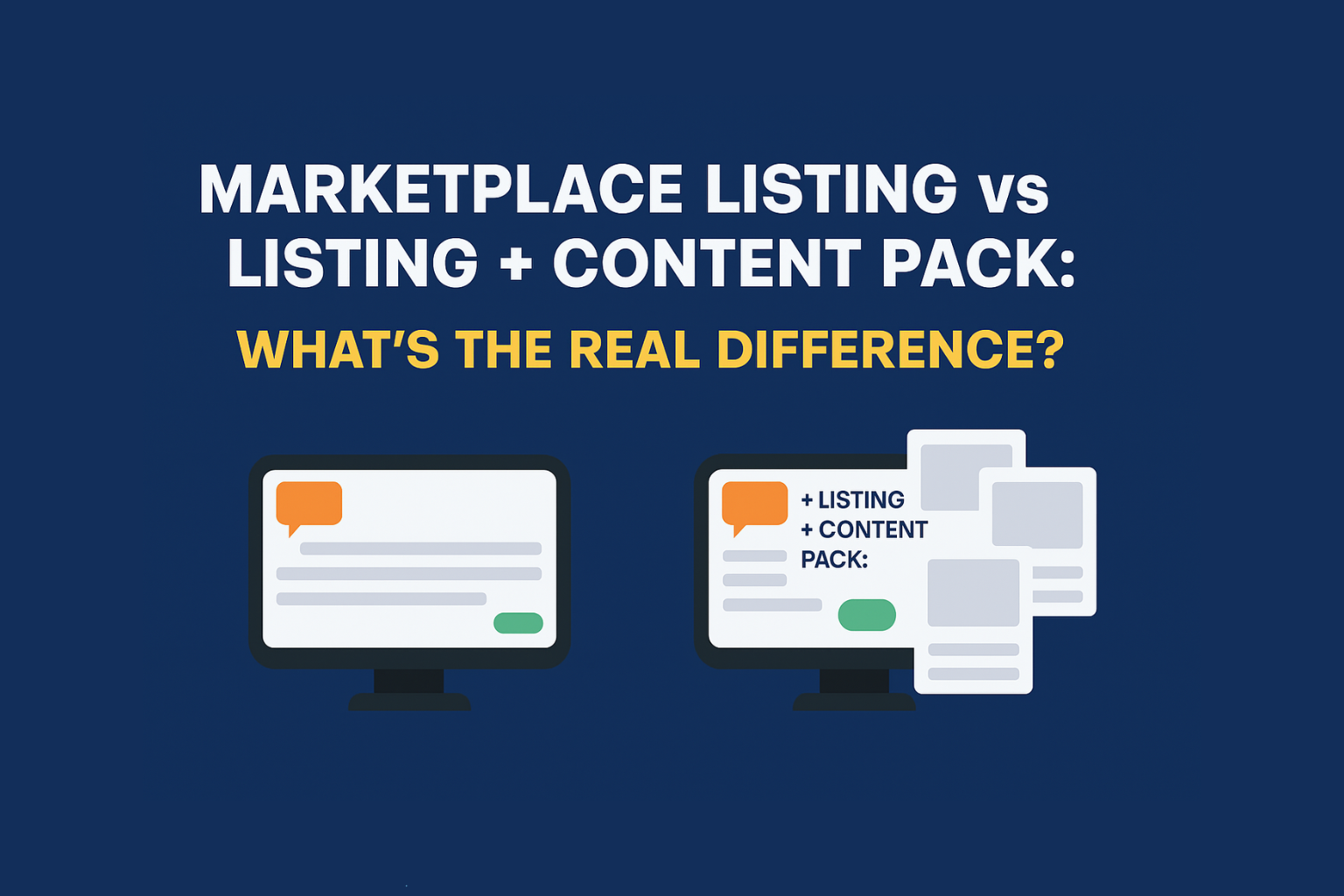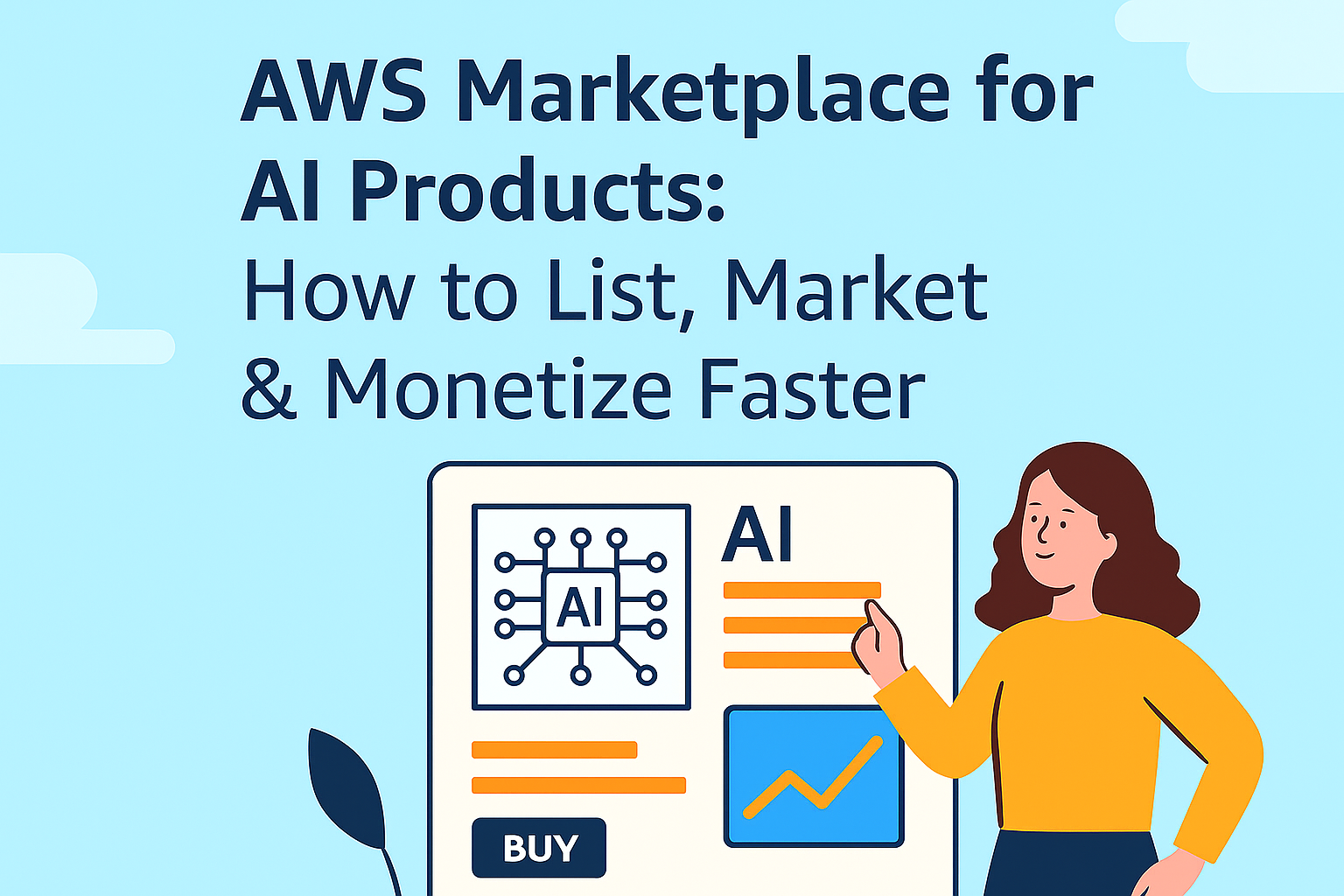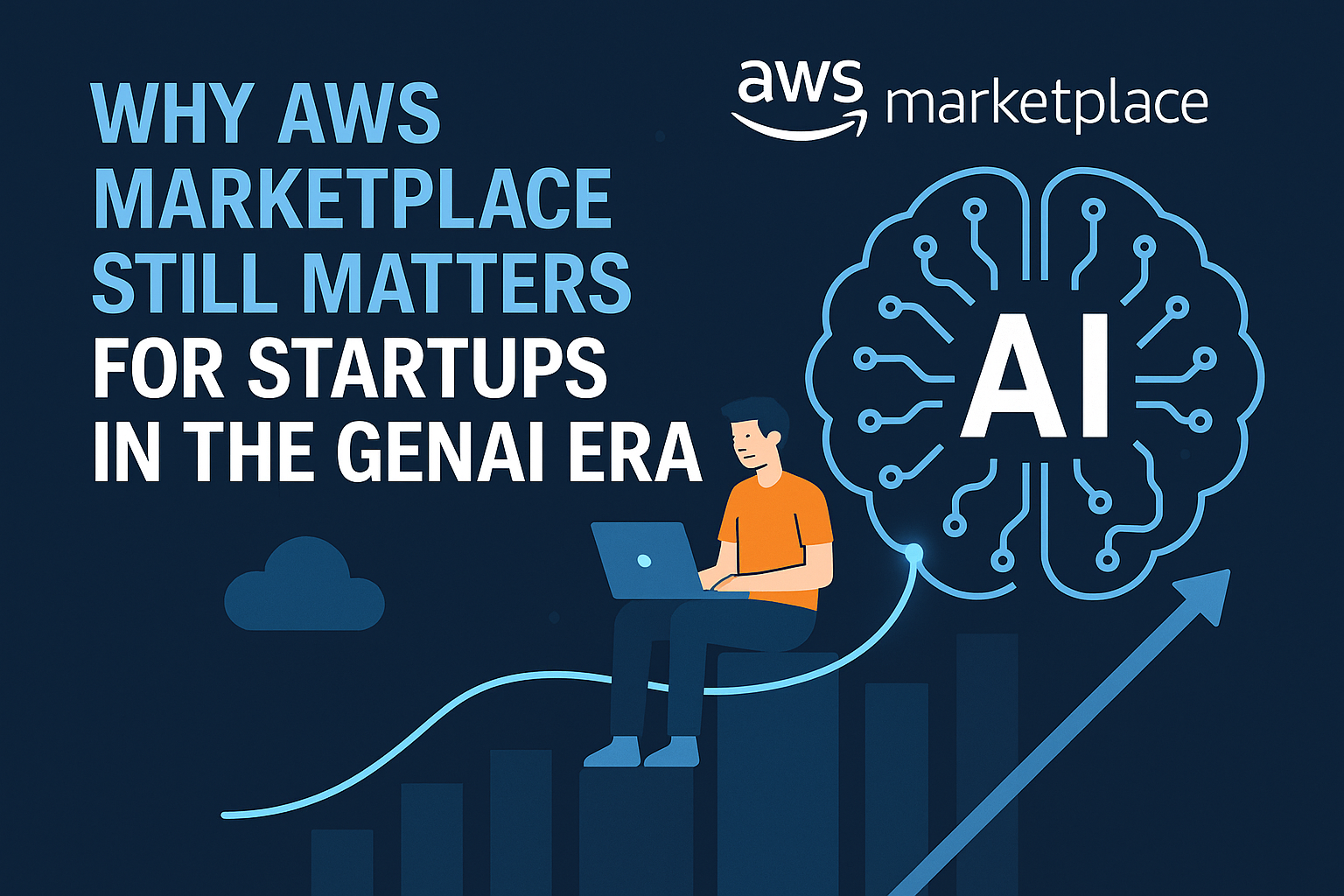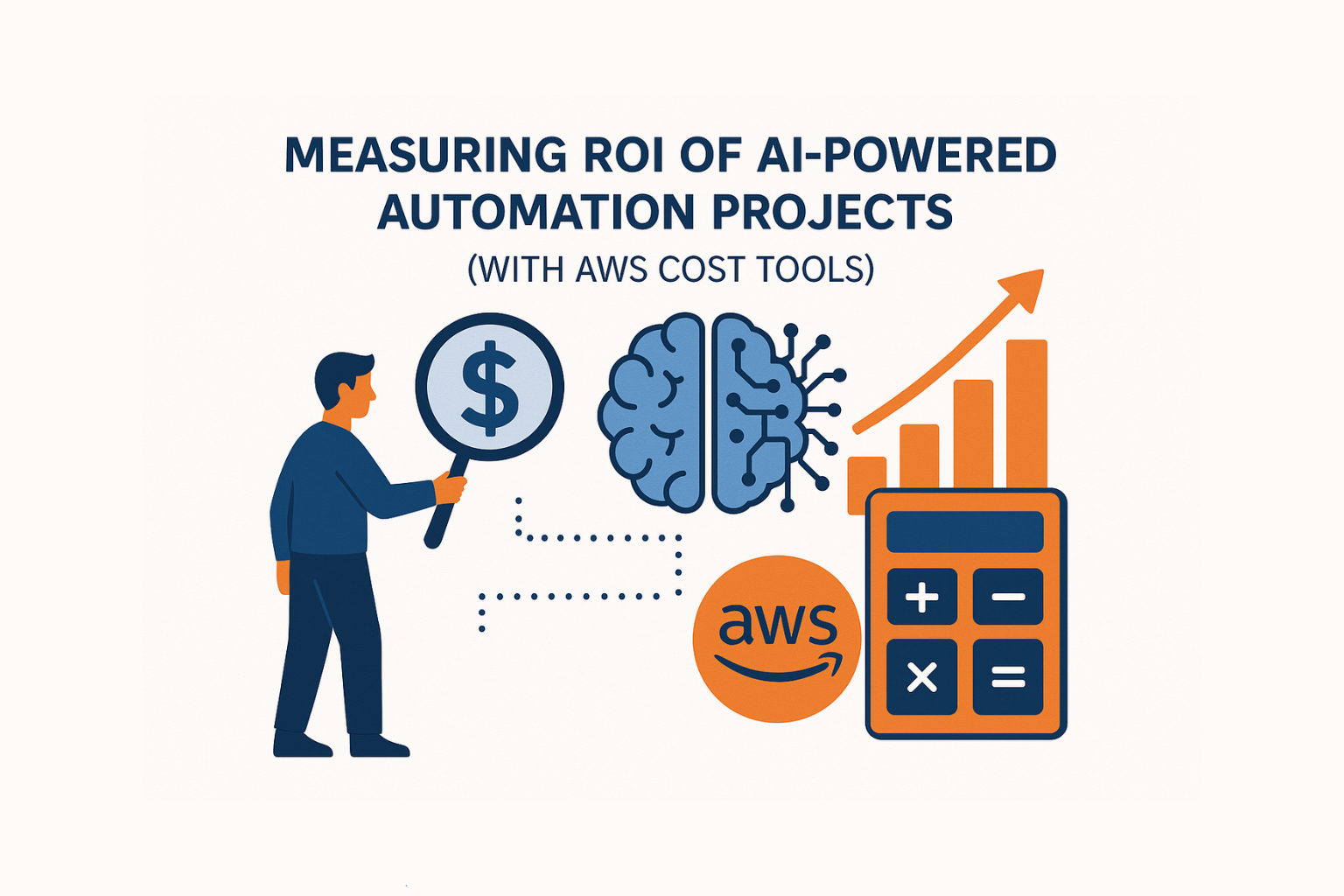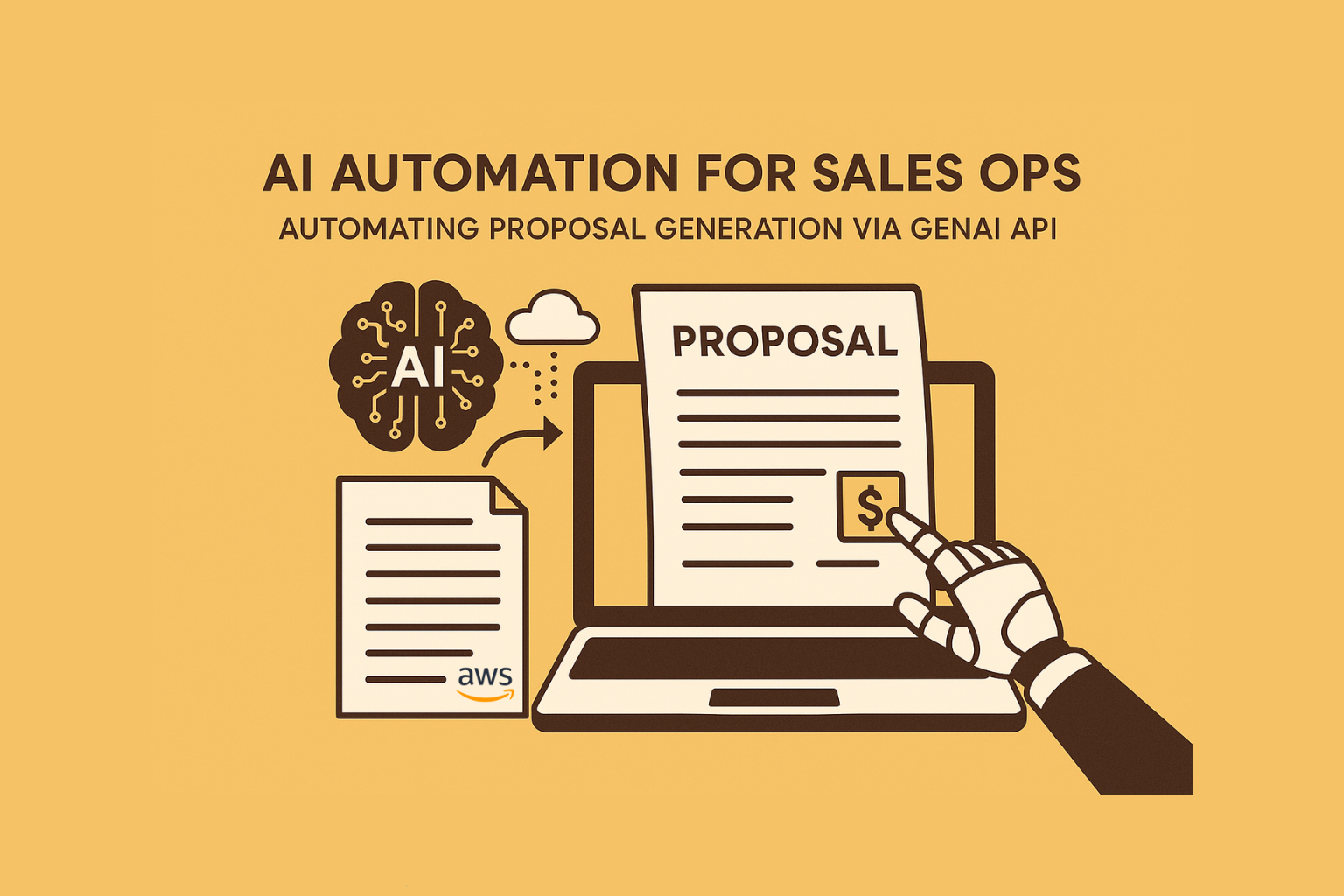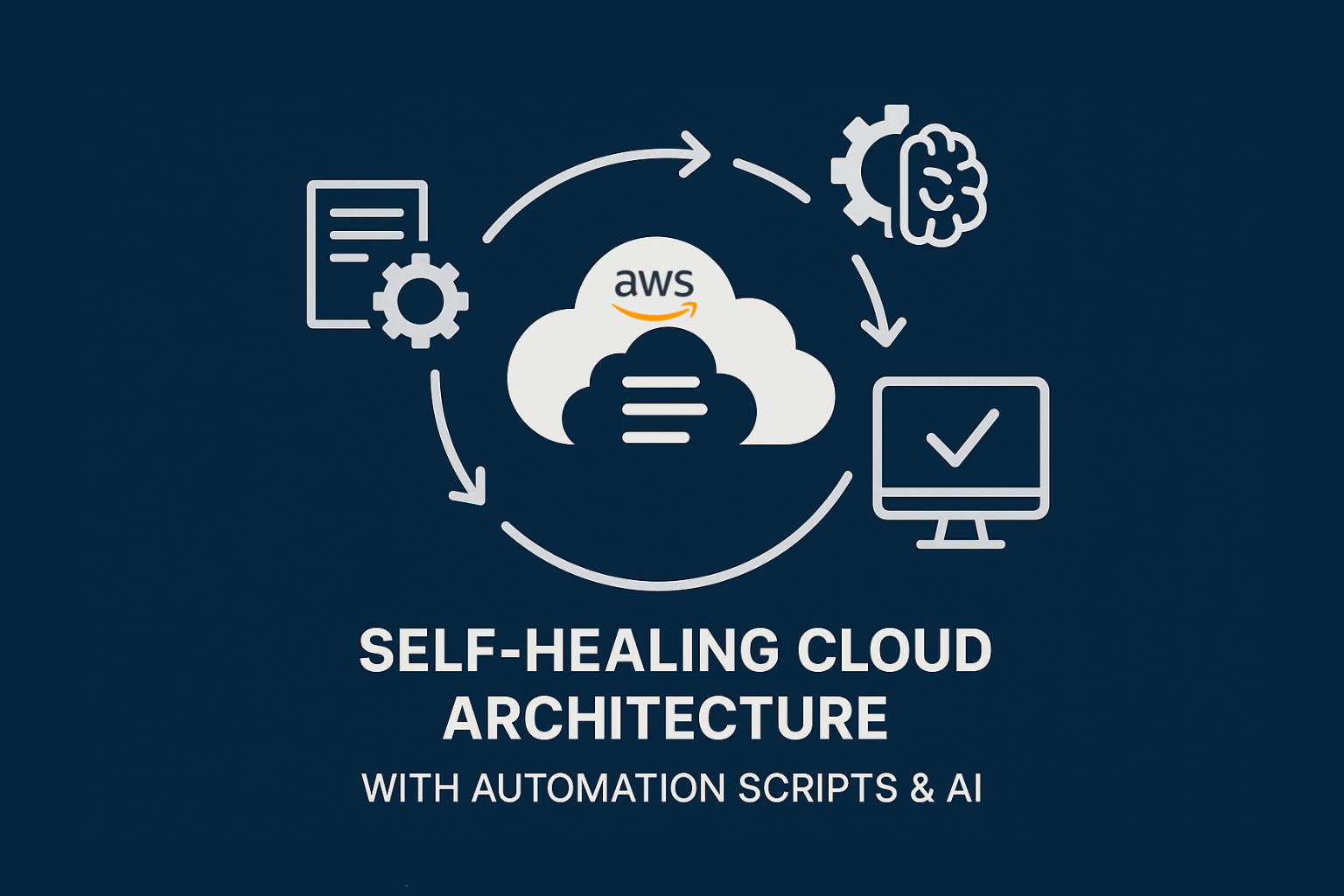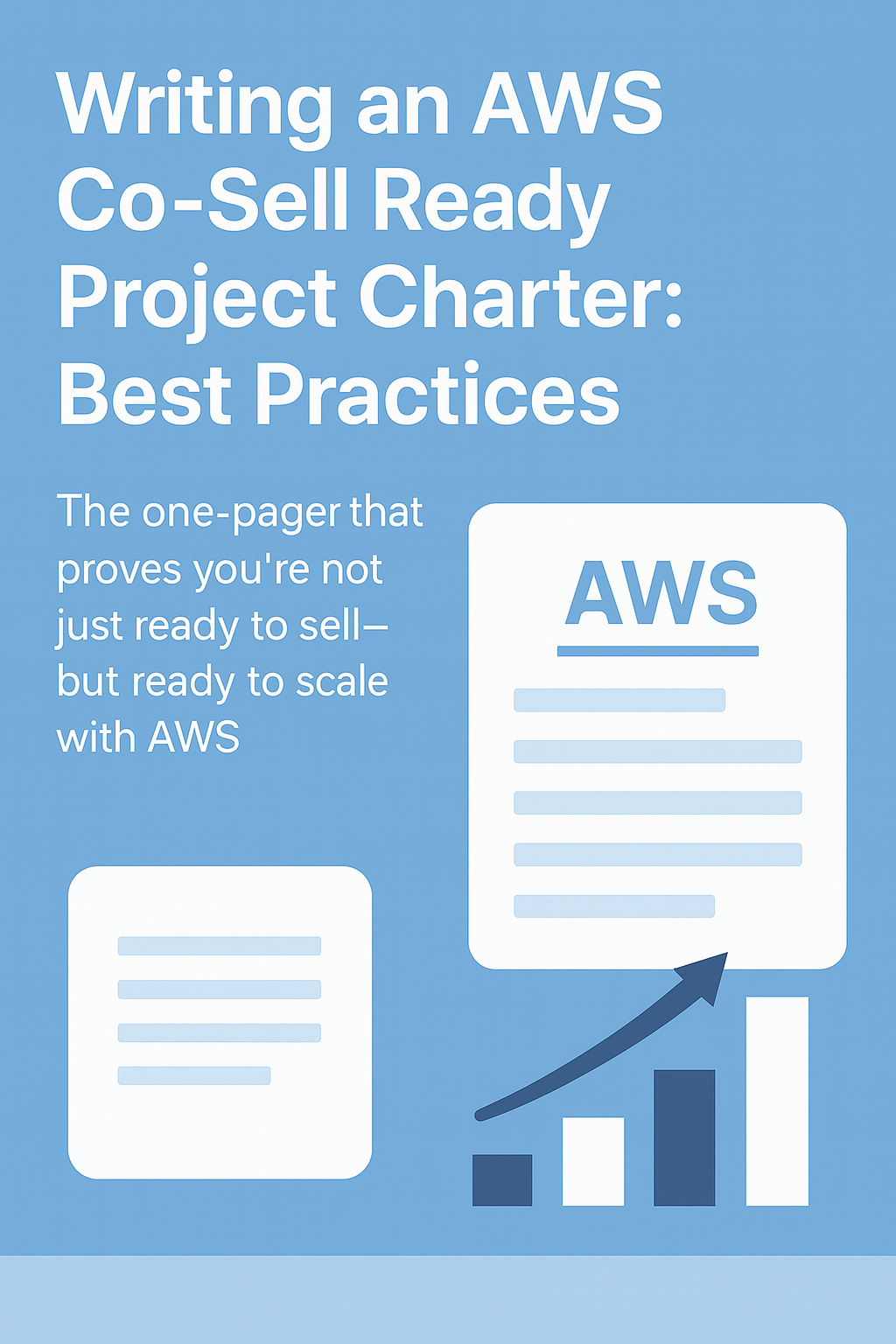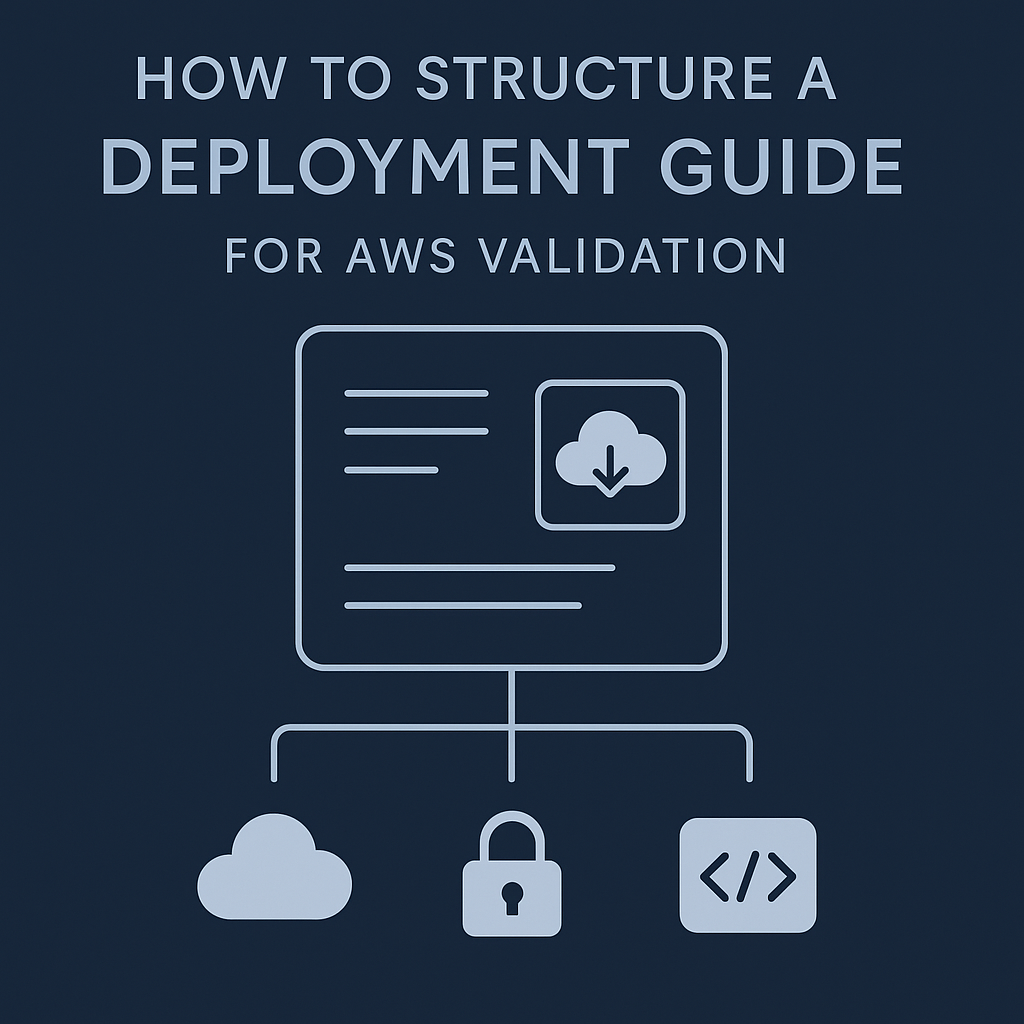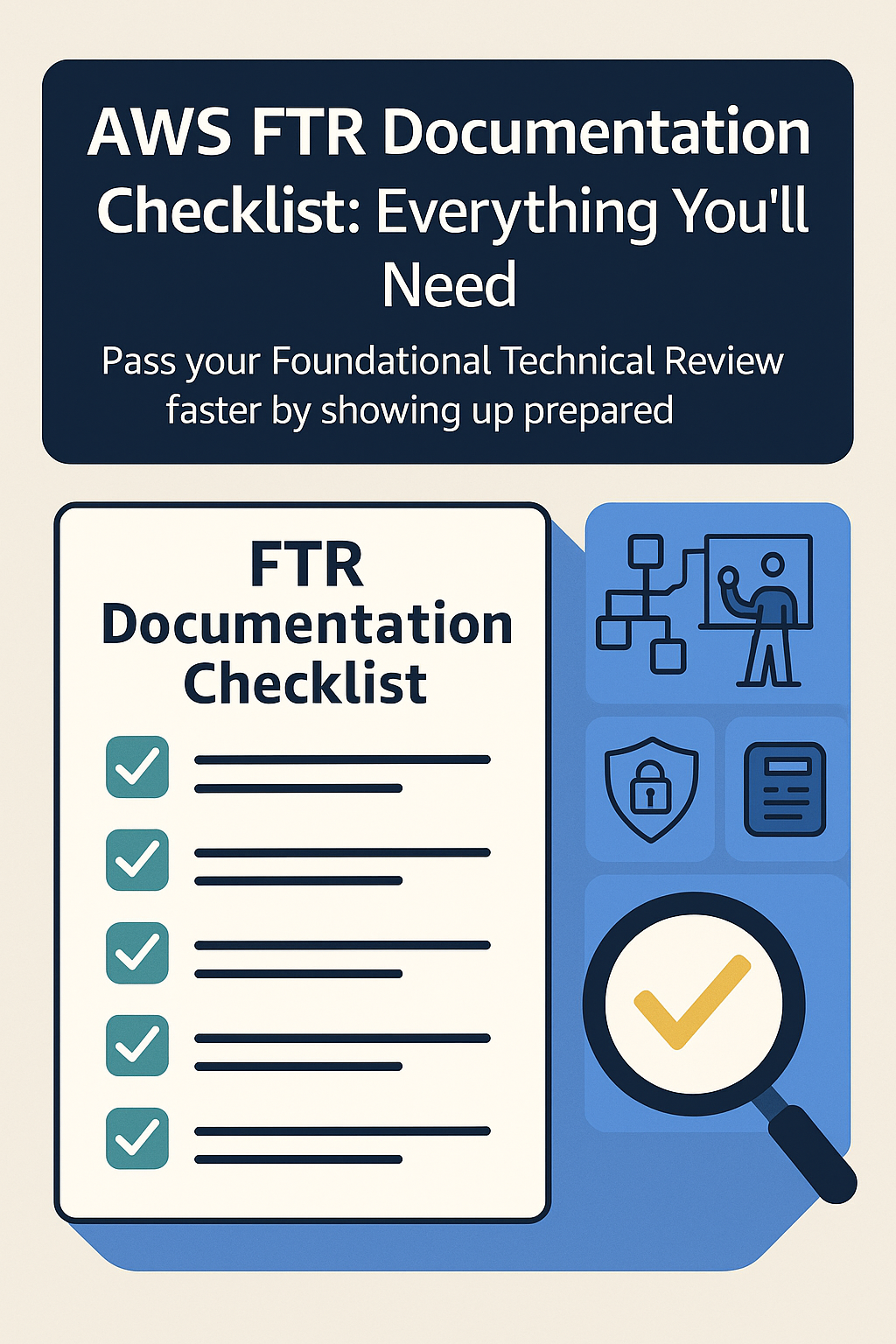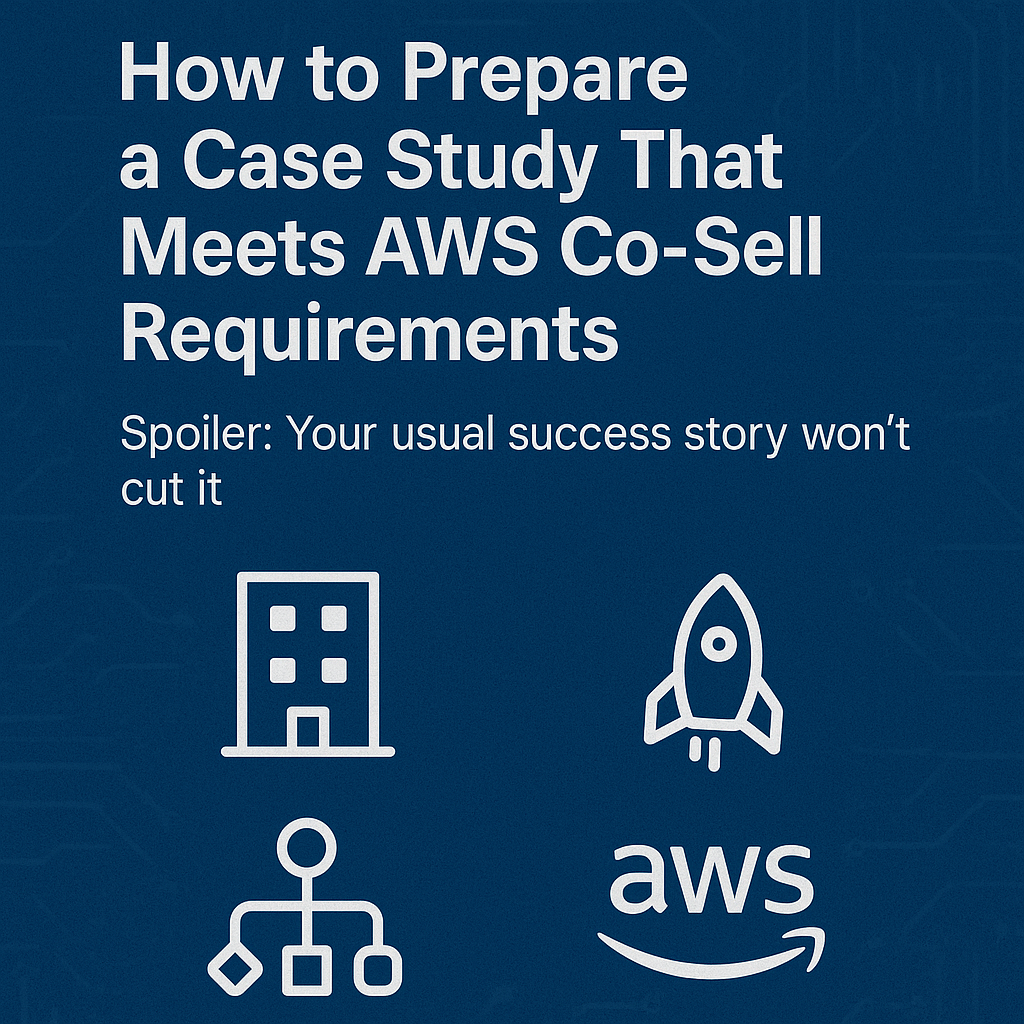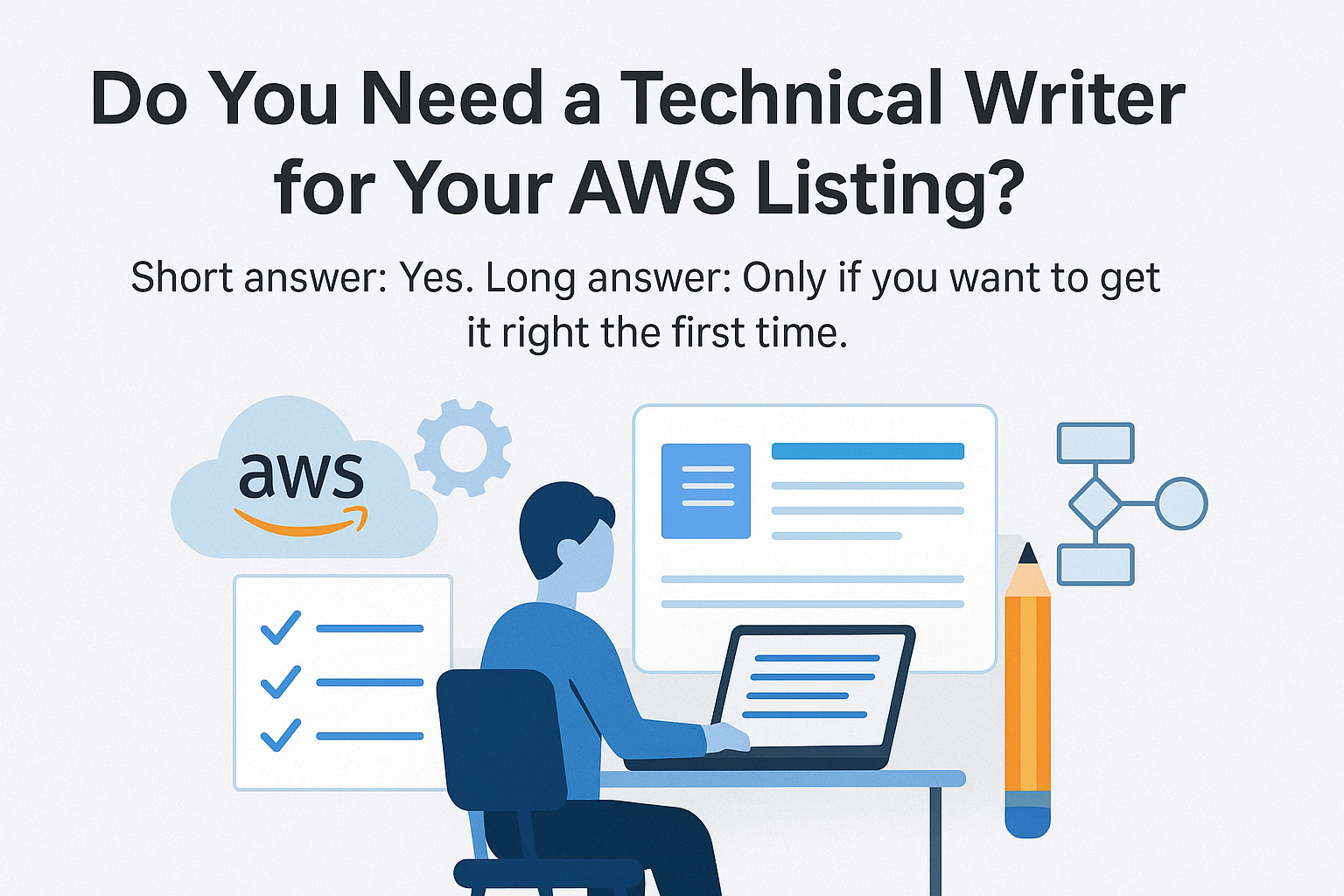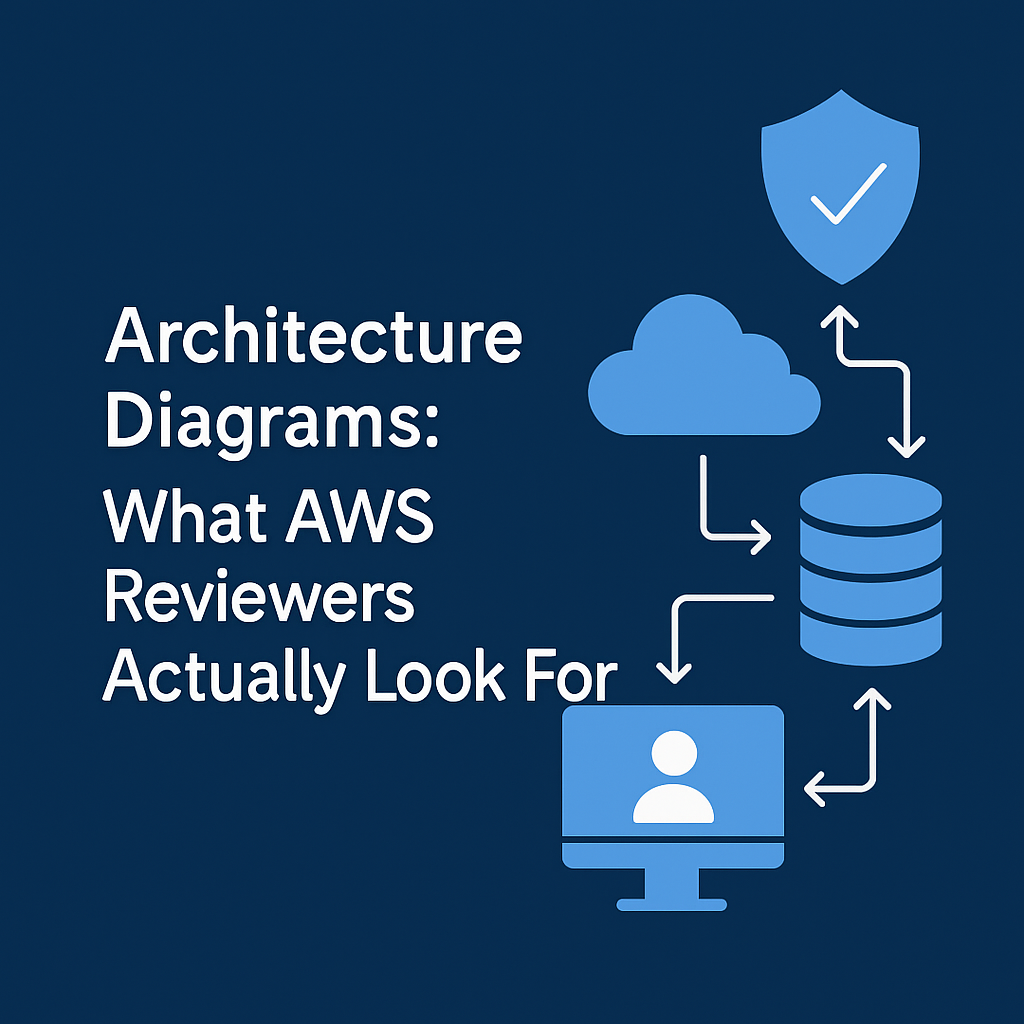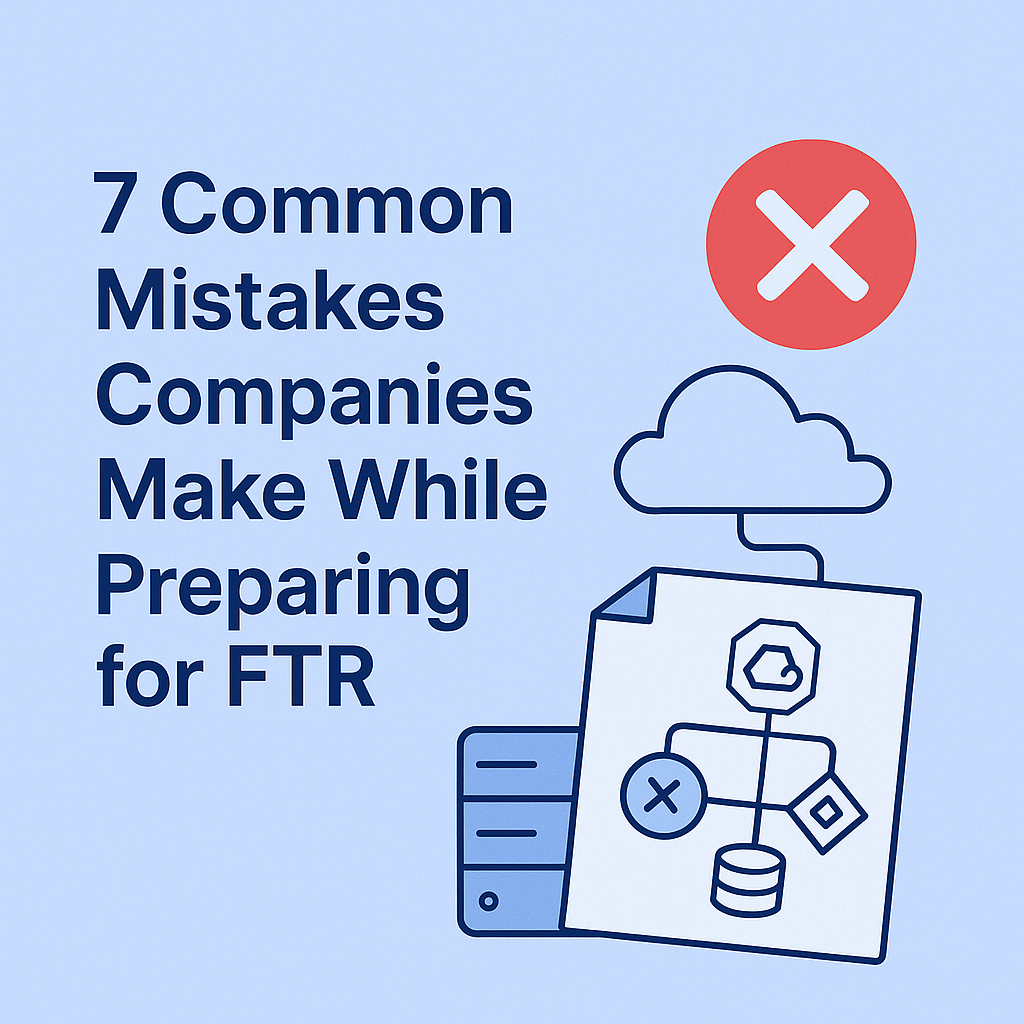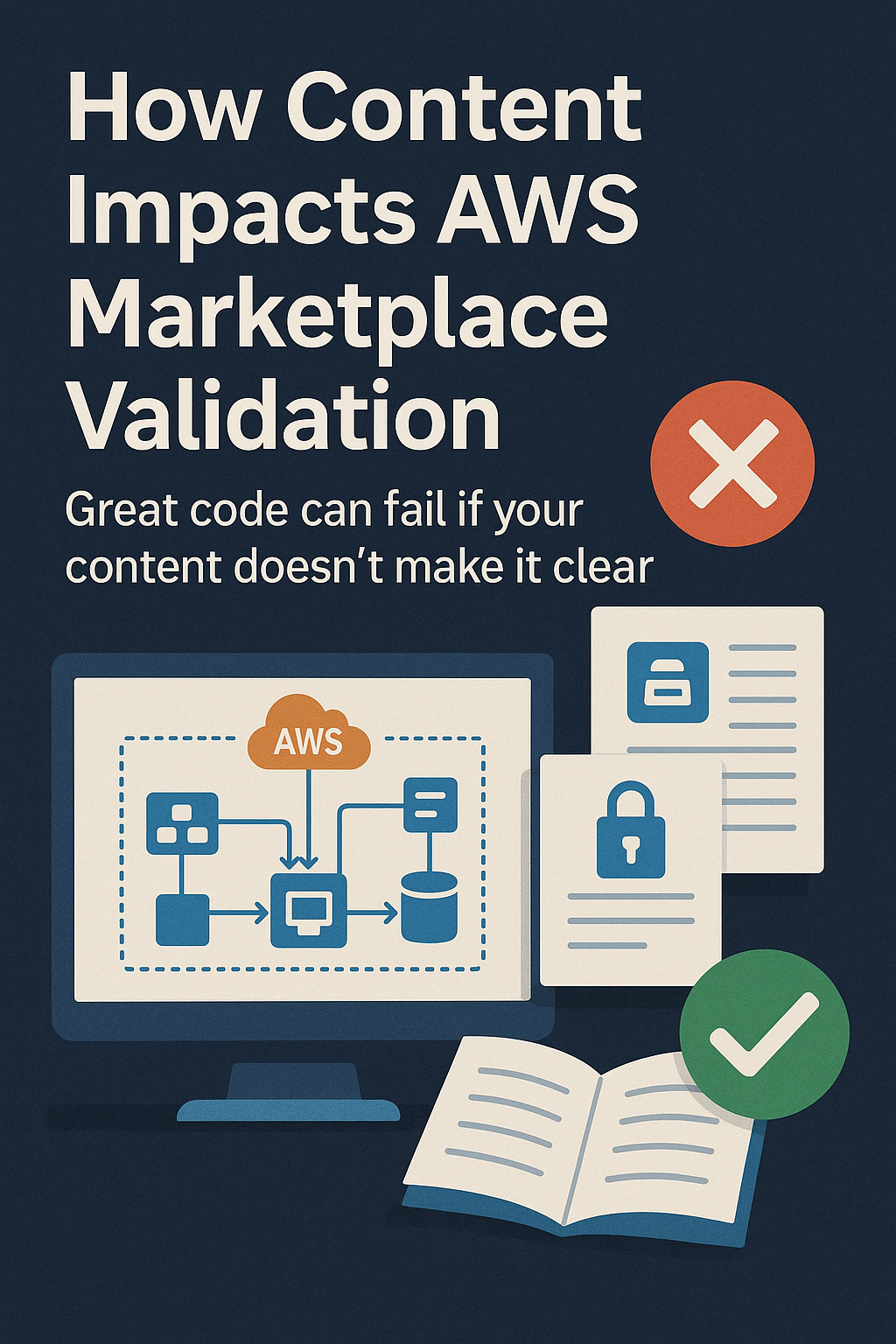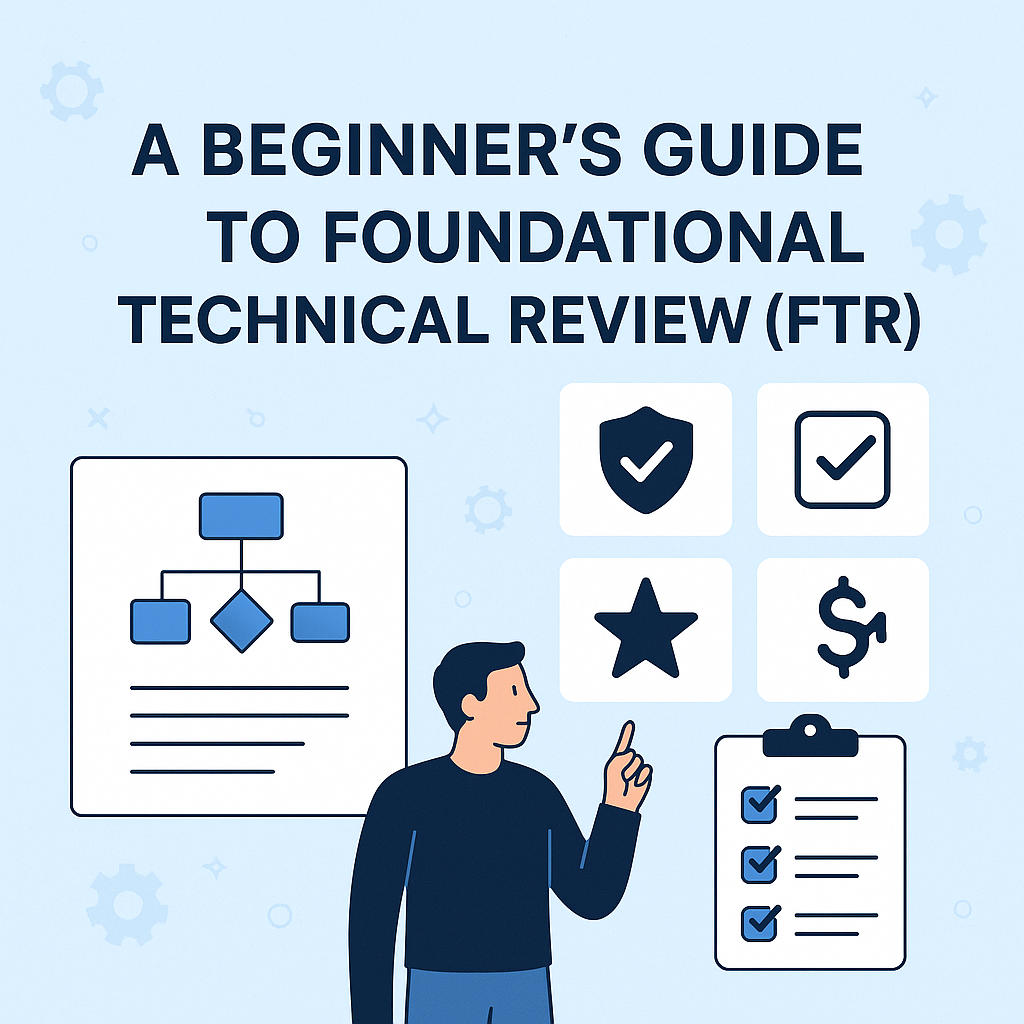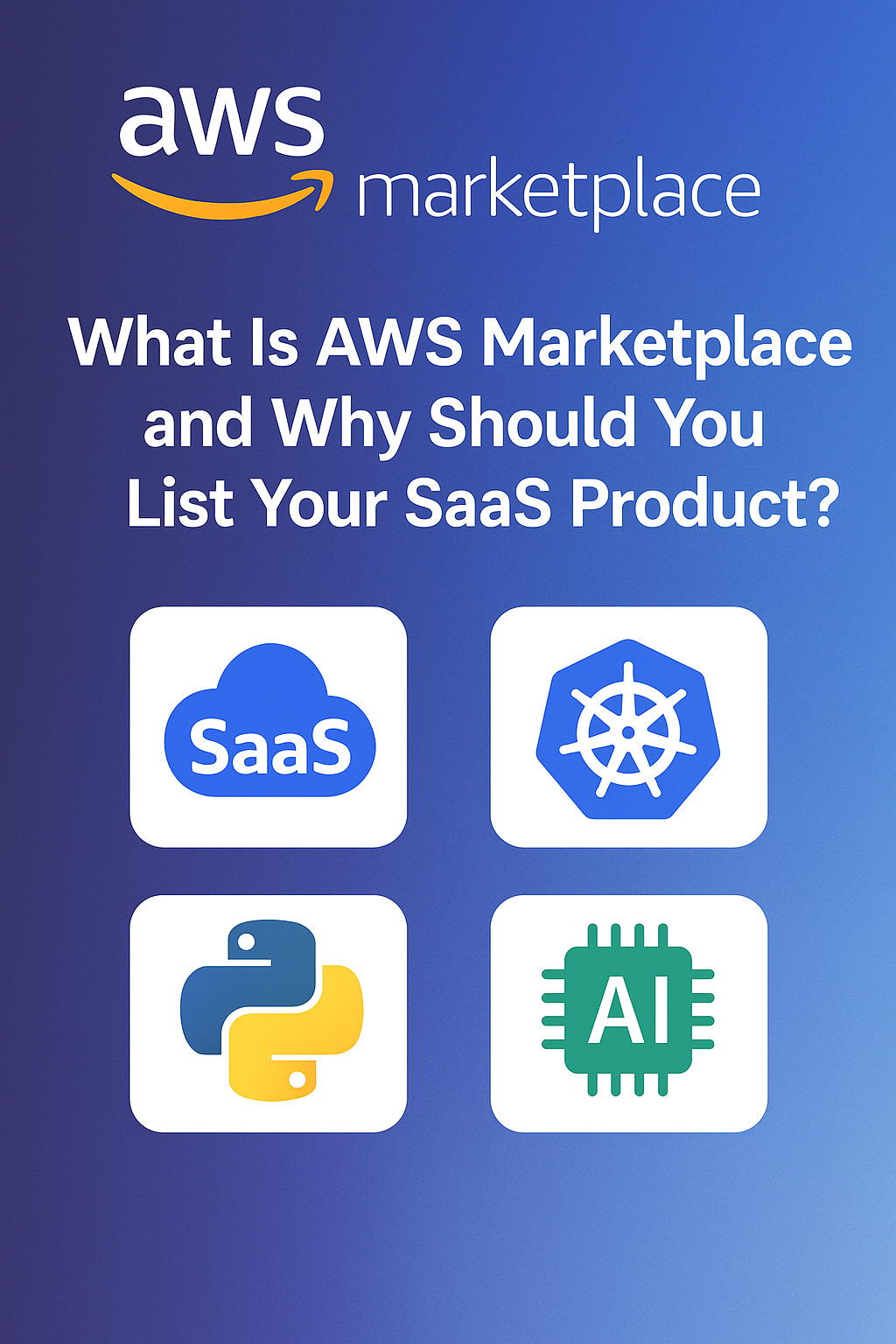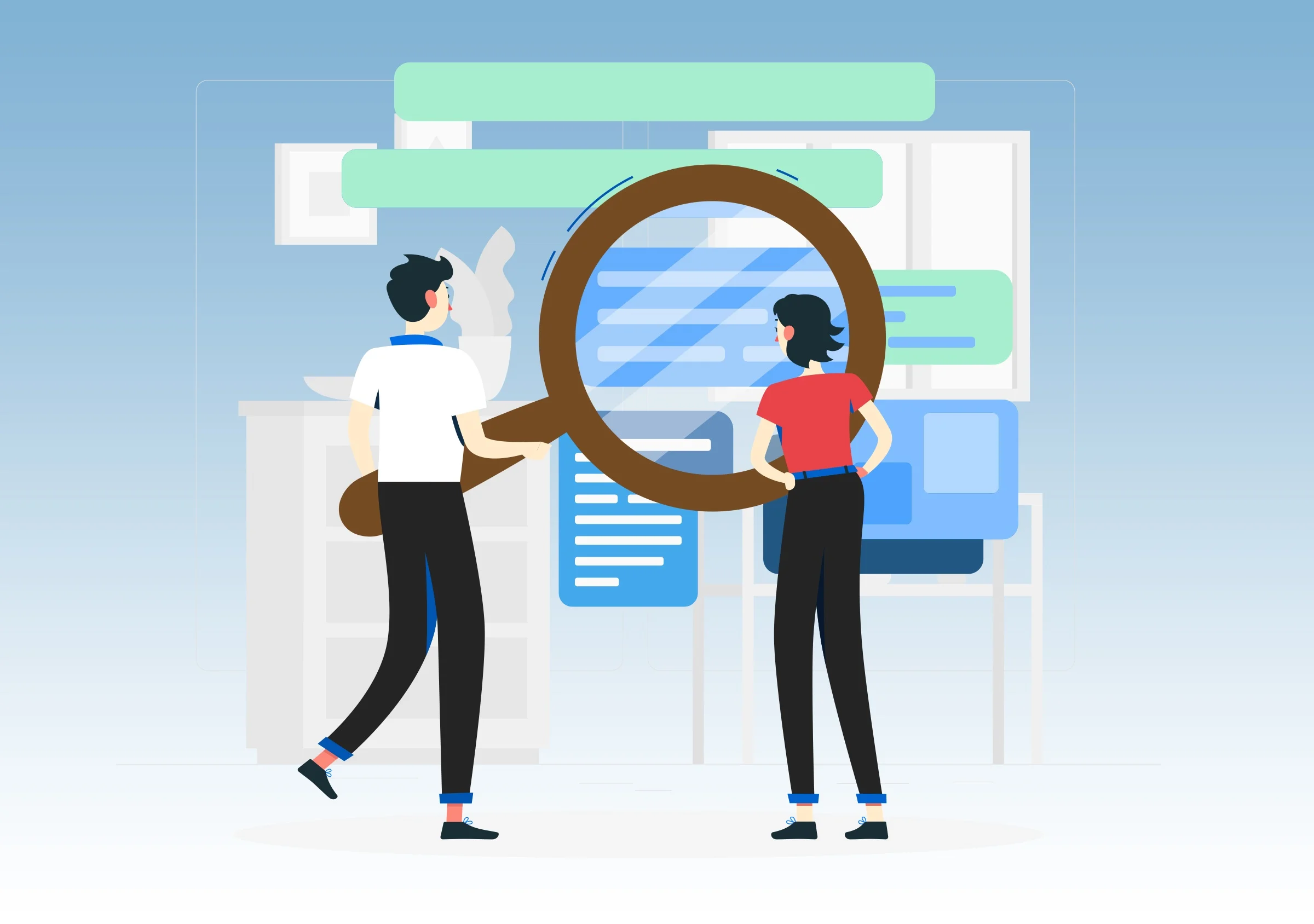Introduction
Processing invoices manually is slow, error-prone, and expensive.
Even with basic OCR, you often end up spending hours fixing formatting issues, hunting for missing data, and manually entering details into accounting systems.
With AWS Textract and Bedrock, you can automate invoice extraction and add AI-powered data validation, turning raw PDFs into clean, structured, ready-to-use records.
This approach works for finance teams, SaaS platforms handling billing data, and any business drowning in vendor invoices.
The Limitations of Traditional OCR
Older OCR tools can read text from an invoice, but:
- They often miss table structures and key-value pairs.
- They can’t distinguish between “Invoice Date” and “Due Date” without training.
- They don’t handle variations in format across vendors.
- They require manual review for accuracy.
AWS Textract + Bedrock: The Two-Step Automation
Here’s how to combine Textract’s structured data extraction with Bedrock’s contextual AI validation:
1. Document Ingestion
- Upload invoices to S3 (manually or via automated email forwarding).
- Trigger EventBridge when a new file arrives.
2. Data Extraction with Textract
- Textract analyzes the PDF/image and extracts:
- Vendor name
- Invoice number
- Dates (invoice, due)
- Line items with descriptions, quantities, and amounts
- Tax, subtotal, and total
3. AI Validation and Normalization with Bedrock
- A Lambda function sends Textract output to a Bedrock model with a prompt to:
- Correct inconsistencies in field names
- Verify totals match line items + tax
- Standardize vendor names
- Flag missing required fields
4. System Integration
- Push cleaned data to:
- QuickBooks / Xero / NetSuite
- Custom ERP systems
- Data warehouse for reporting
Benefits of This Approach
| Benefit | Without AI | With Textract + Bedrock |
|---|---|---|
| Data Accuracy | Manual corrections | AI validation against expected rules |
| Processing Speed | Minutes per invoice | Seconds per invoice |
| Scalability | More invoices = more staff | Handle thousands/day without extra hires |
| Format Flexibility | Template-bound | Works across varied invoice designs |
Pro Tips
- Train your Bedrock prompts on historical invoices to match your accounting style.
- Use Amazon Comprehend to detect language and handle multi-lingual invoices.
- Store processed invoices + extracted JSON in S3 for compliance and auditing.
- Set up SNS alerts for invoices that fail validation so they can be reviewed manually.
Example AI Validation Output
json
{
"vendor": "CloudCompute Services Ltd.",
"invoice_number": "INV-2034",
"invoice_date": "2025-03-12",
"due_date": "2025-04-12",
"line_items": [
{ "description": "Cloud Hosting - March", "quantity": 1, "unit_price": 320.00 },
{ "description": "Data Transfer Overage", "quantity": 120, "unit_price": 0.12 }
],
"subtotal": 334.40,
"tax": 16.72,
"total": 351.12,
"status": "validated"
}Conclusion
With Textract handling structured extraction and Bedrock validating and cleaning the data, you can move from manual invoice processing to a fully automated, audit-ready pipeline.
You’ll save time, reduce human error, and scale finance operations without adding headcount.
